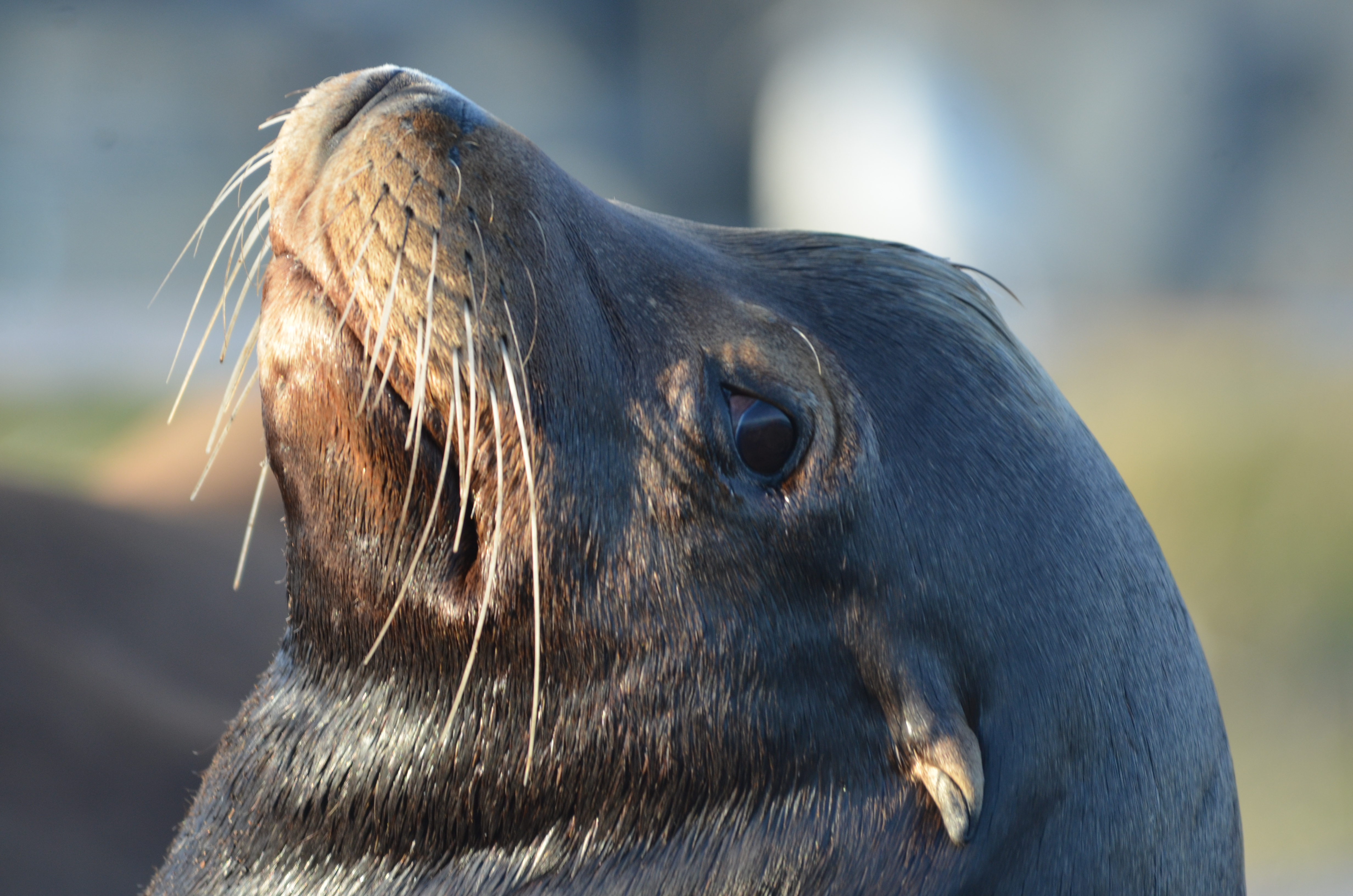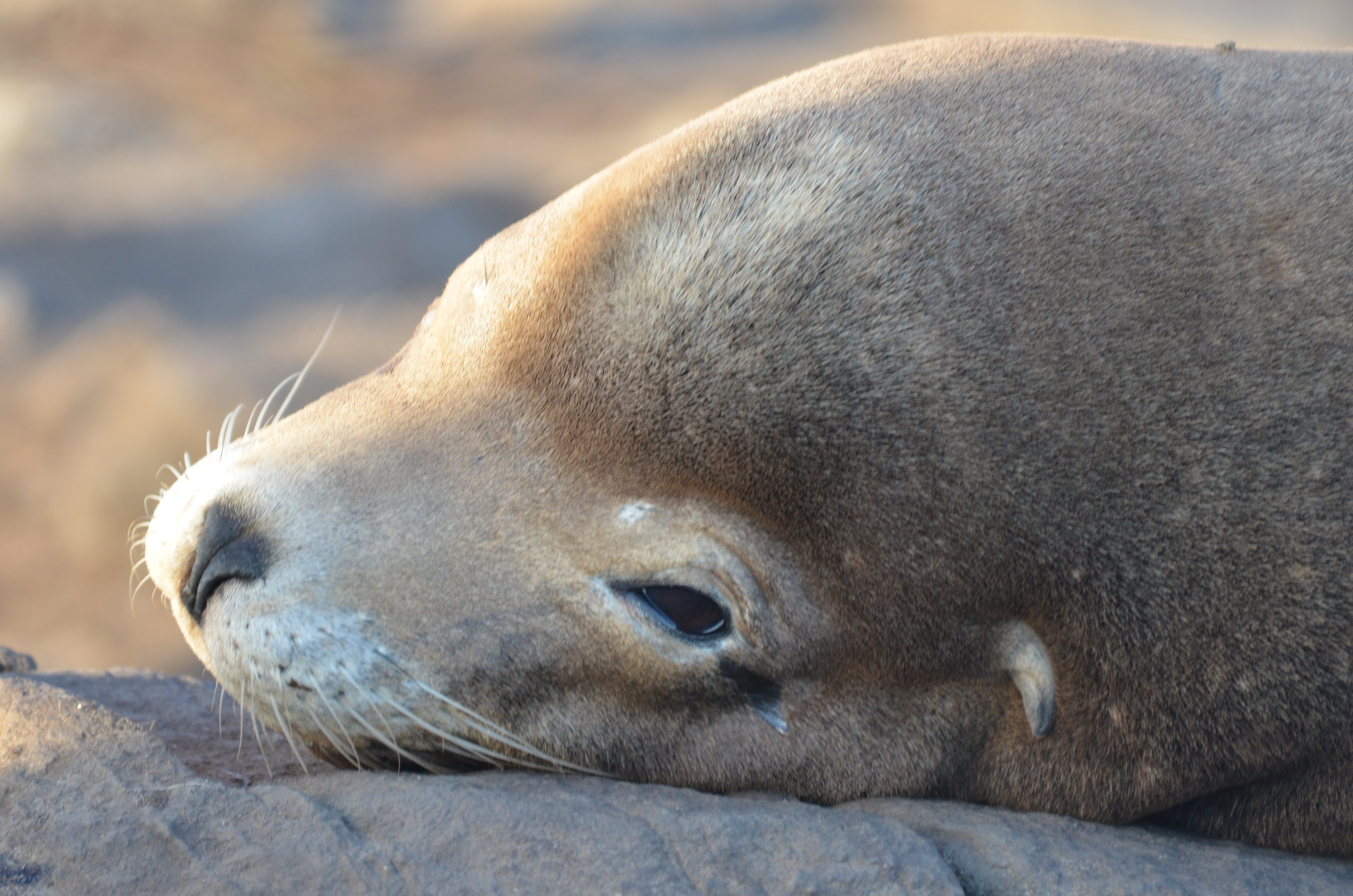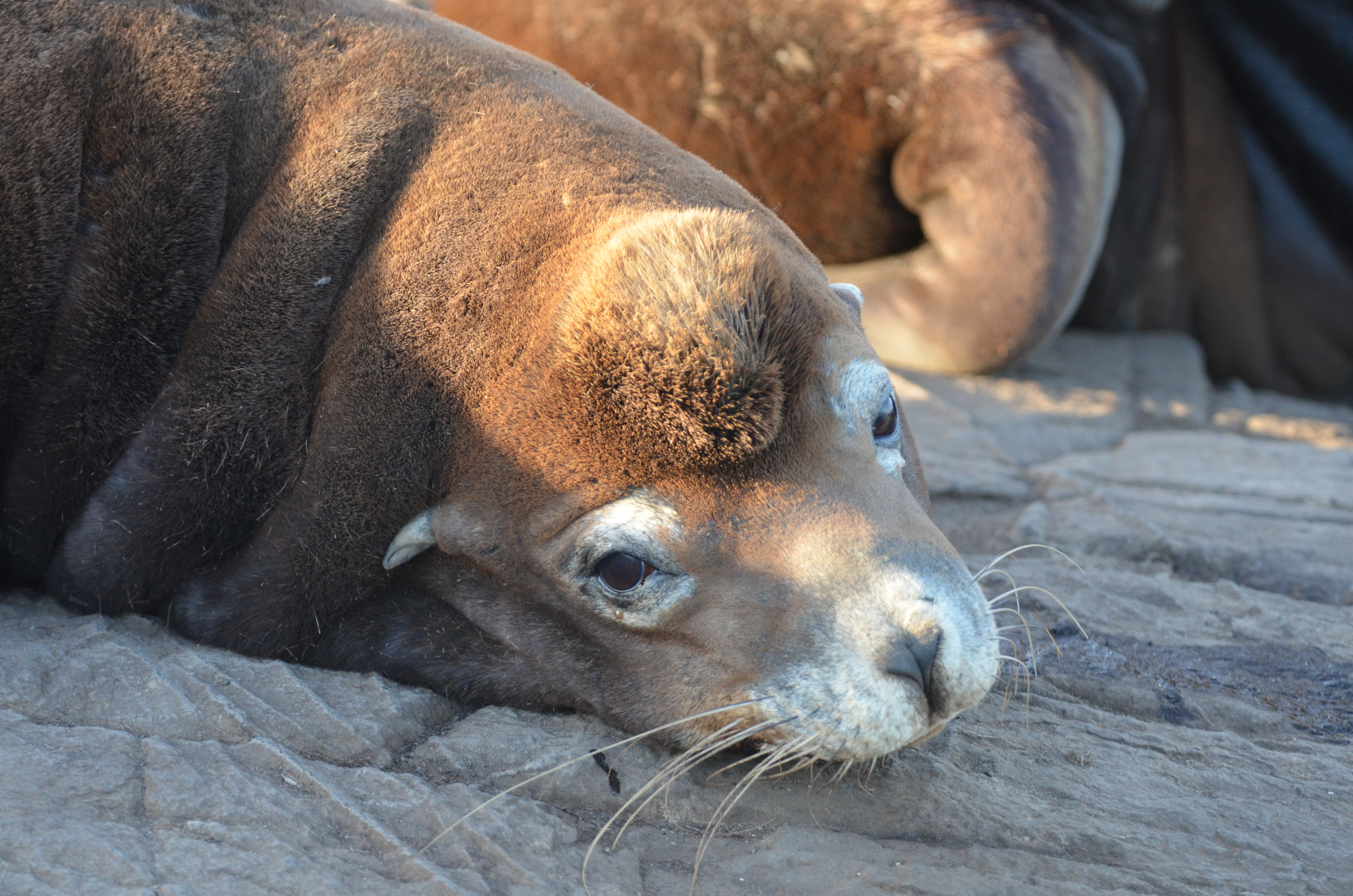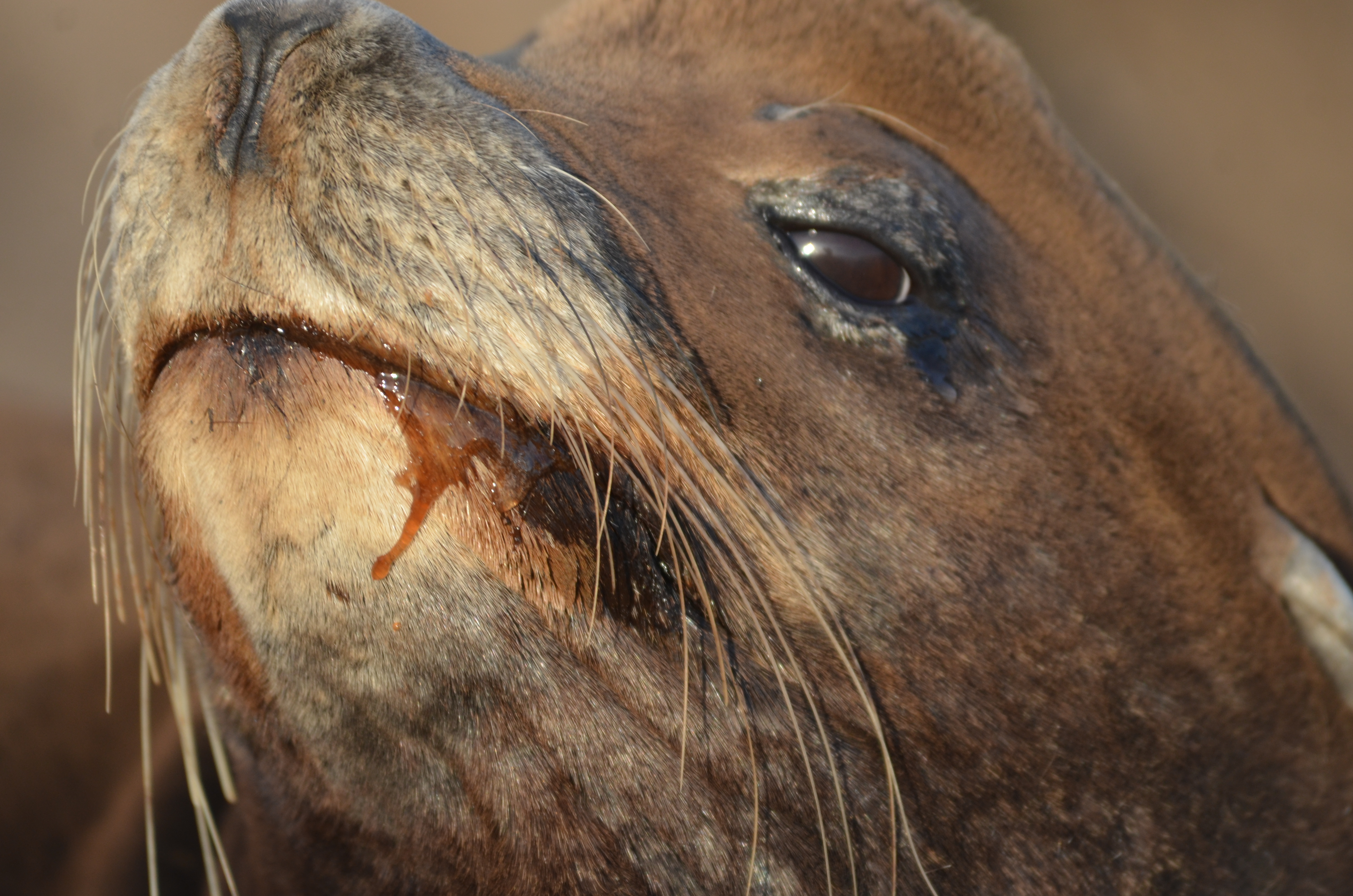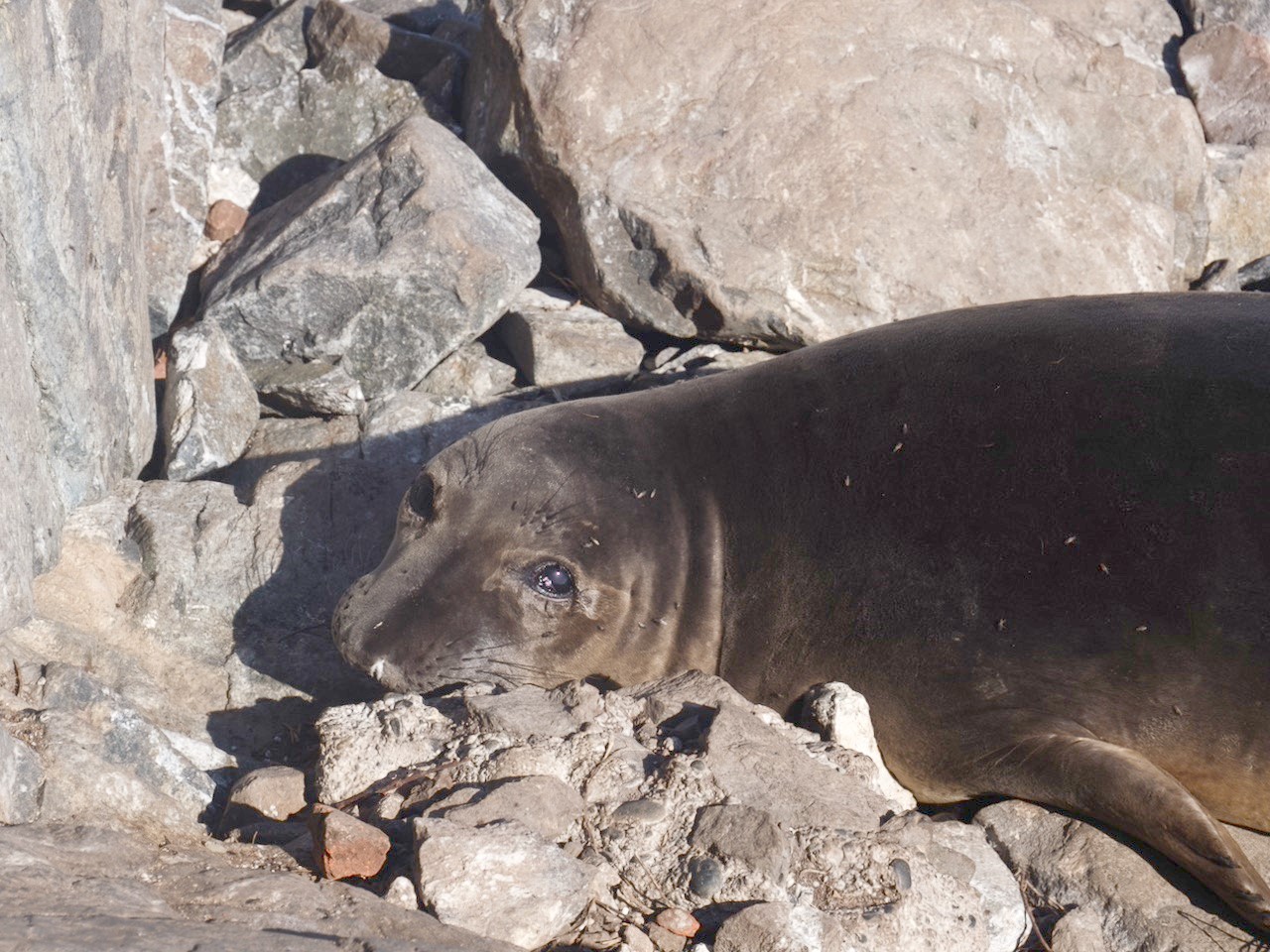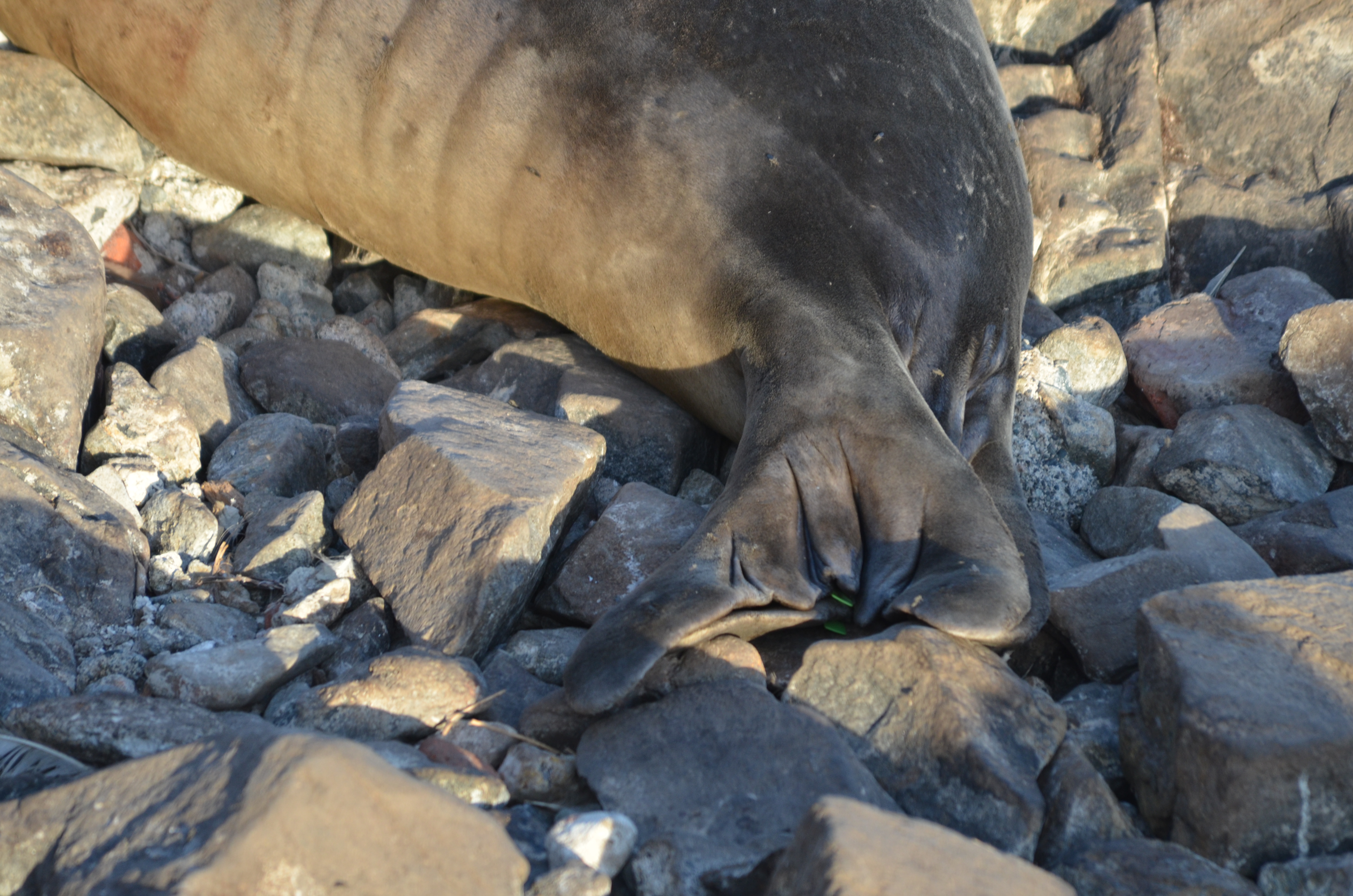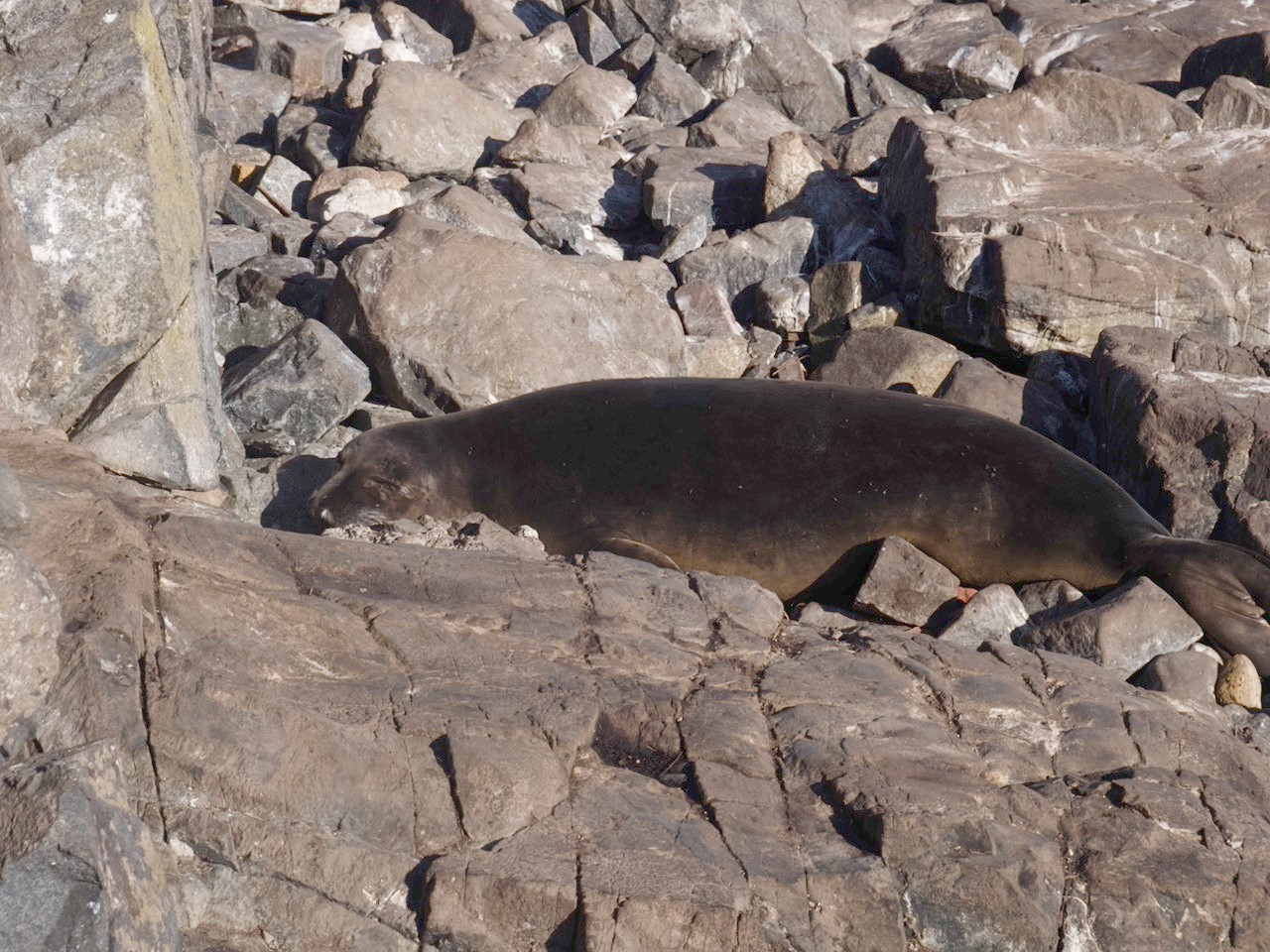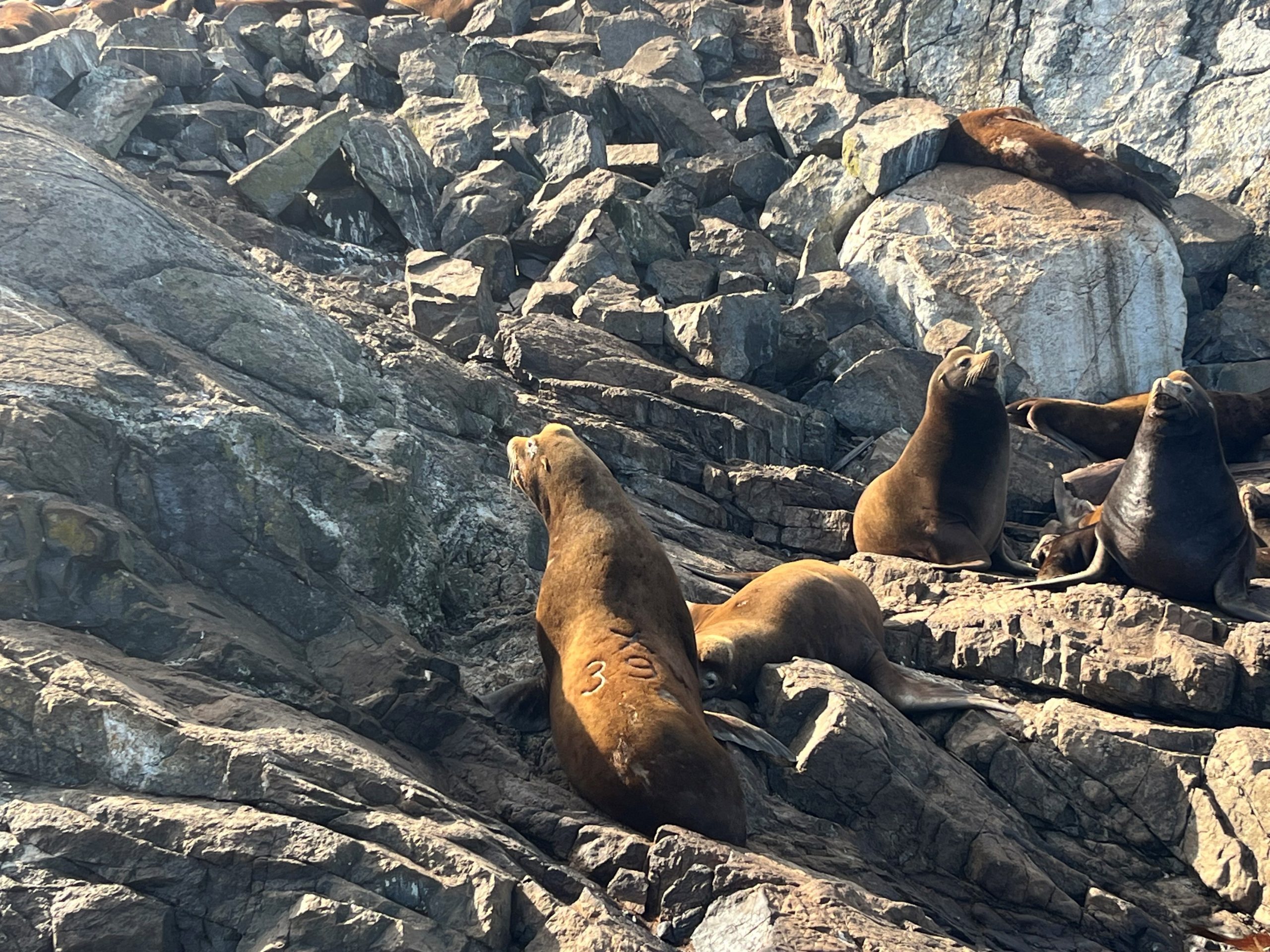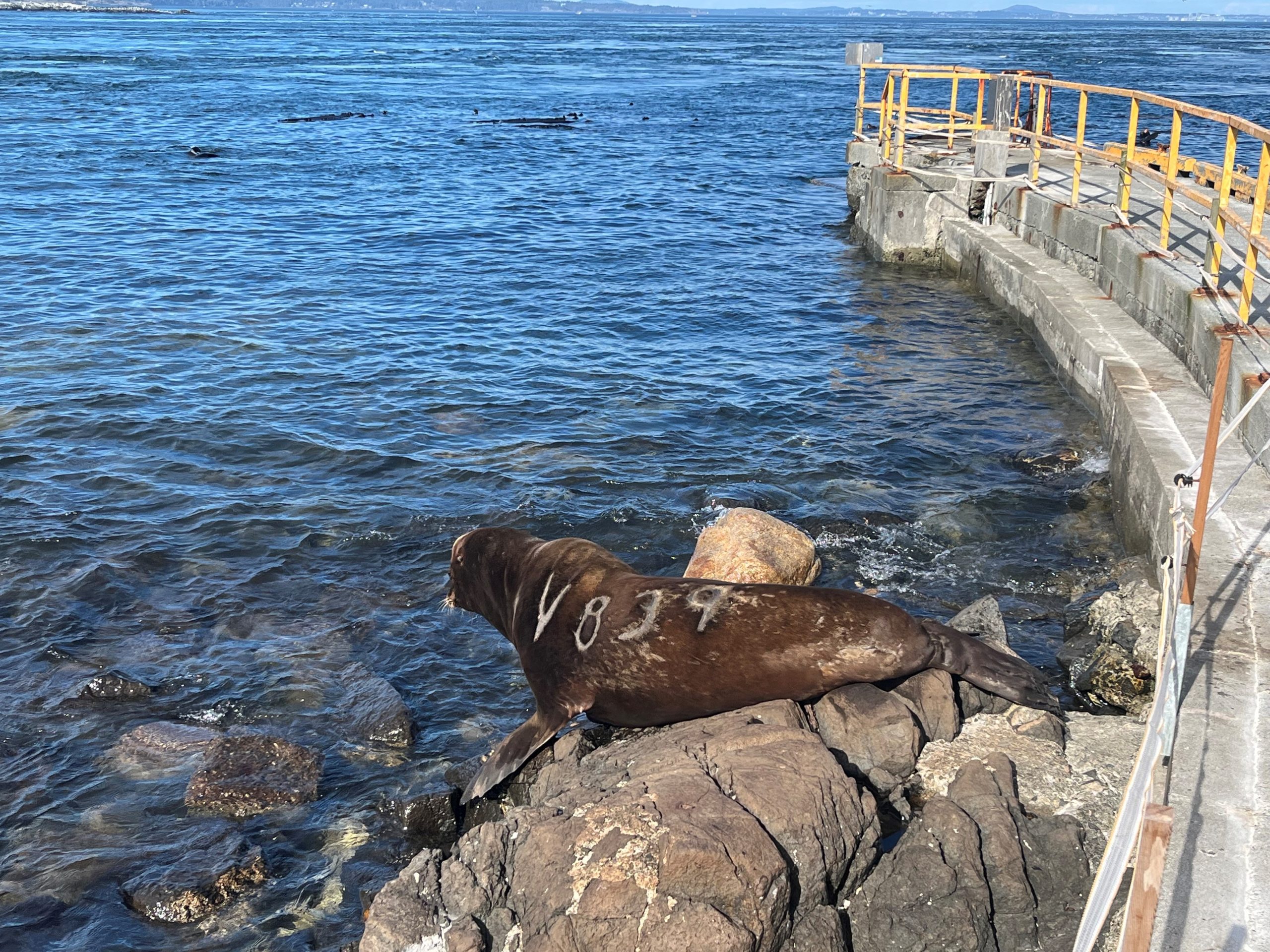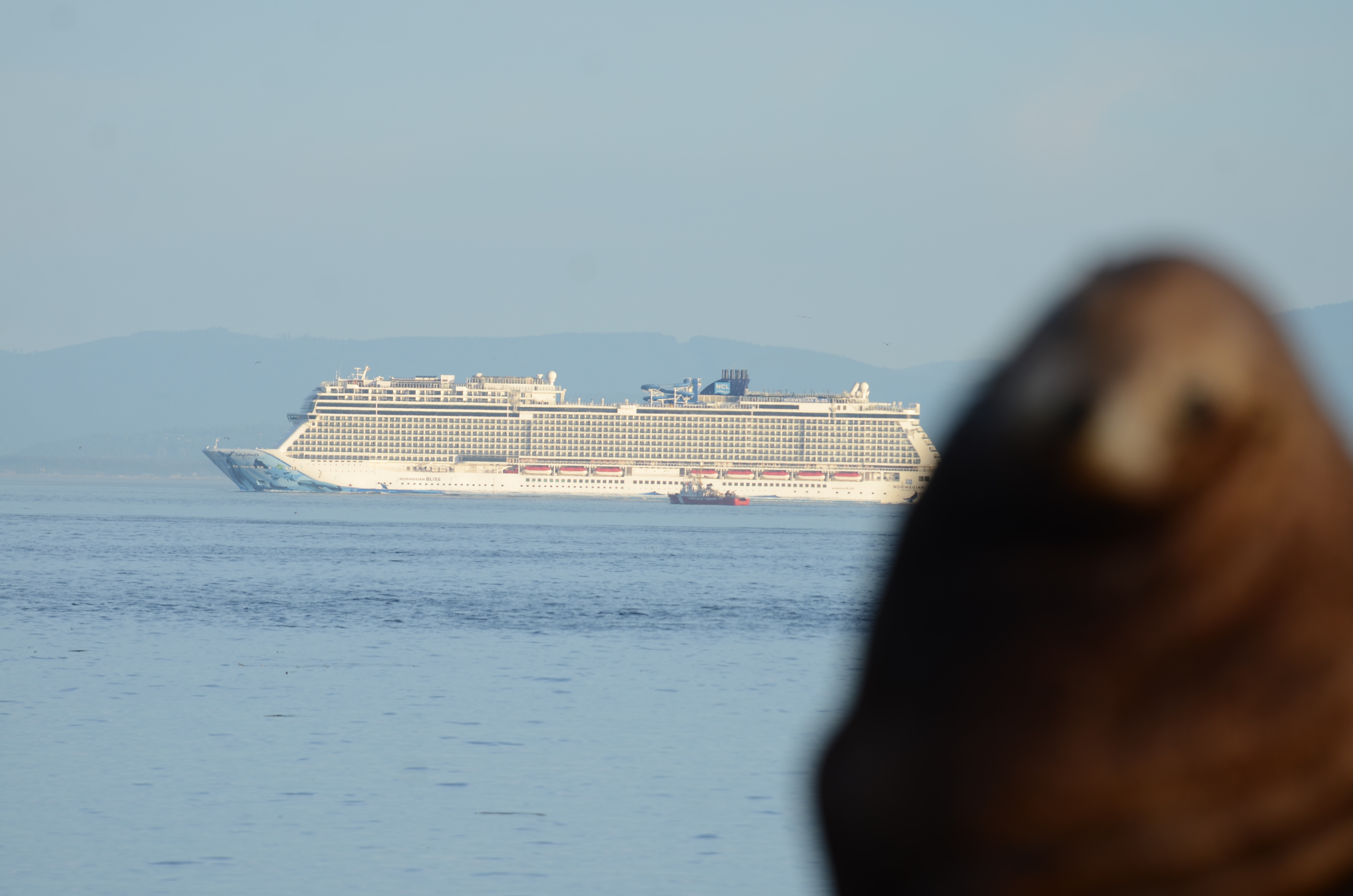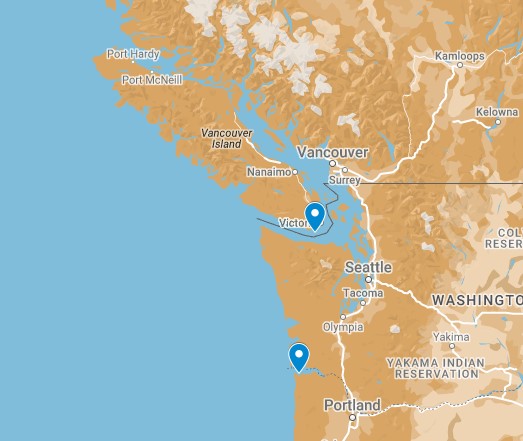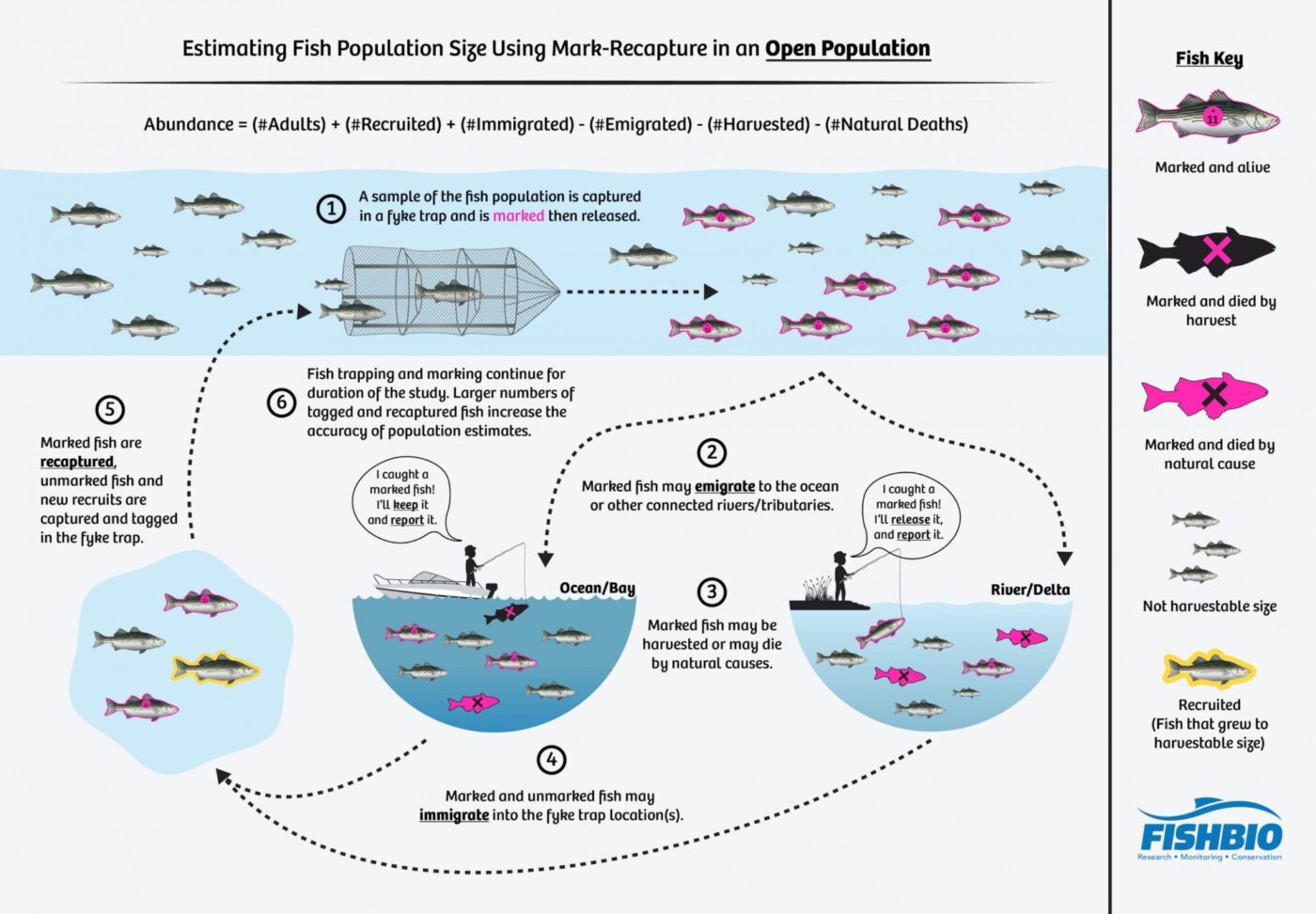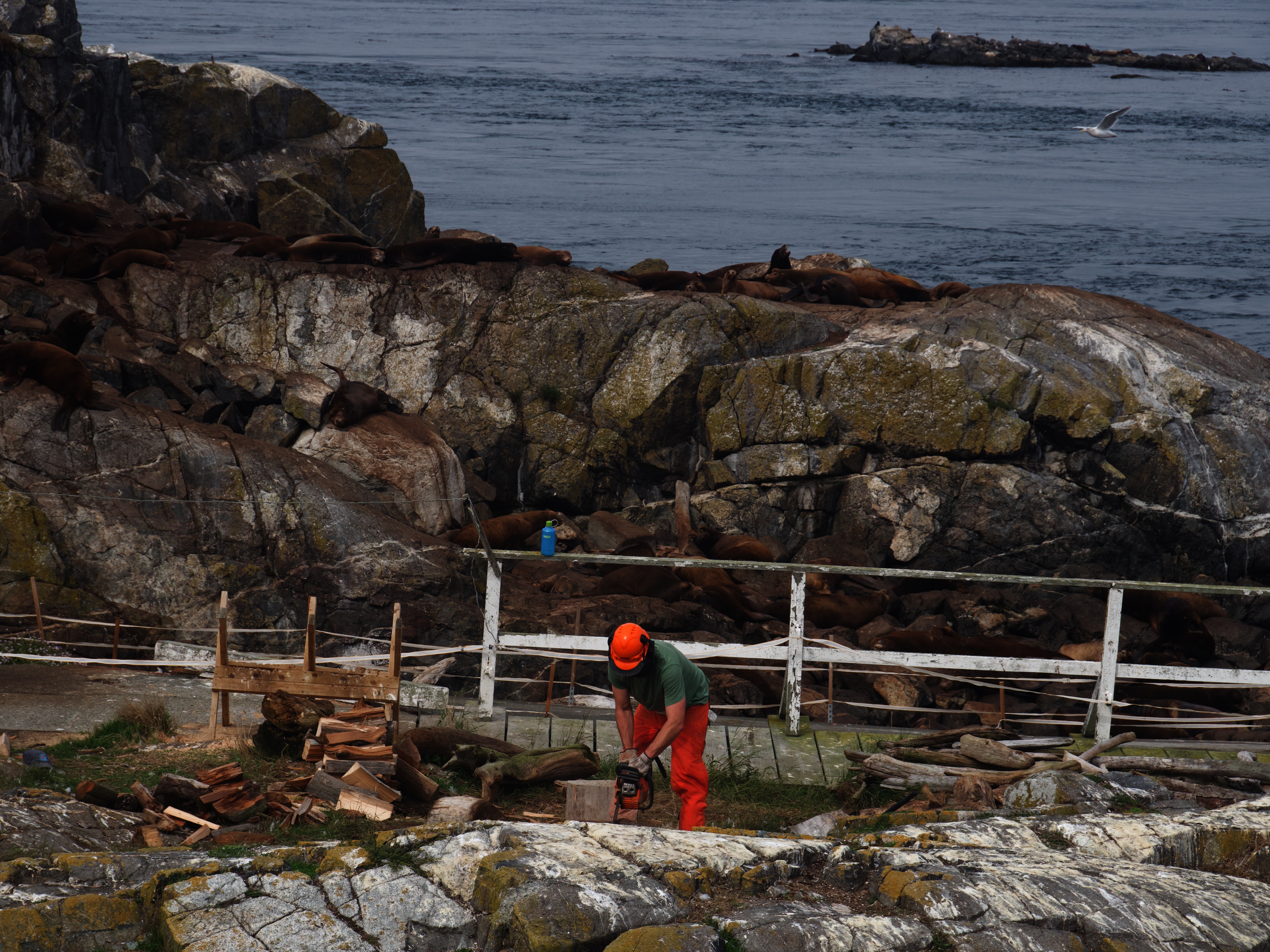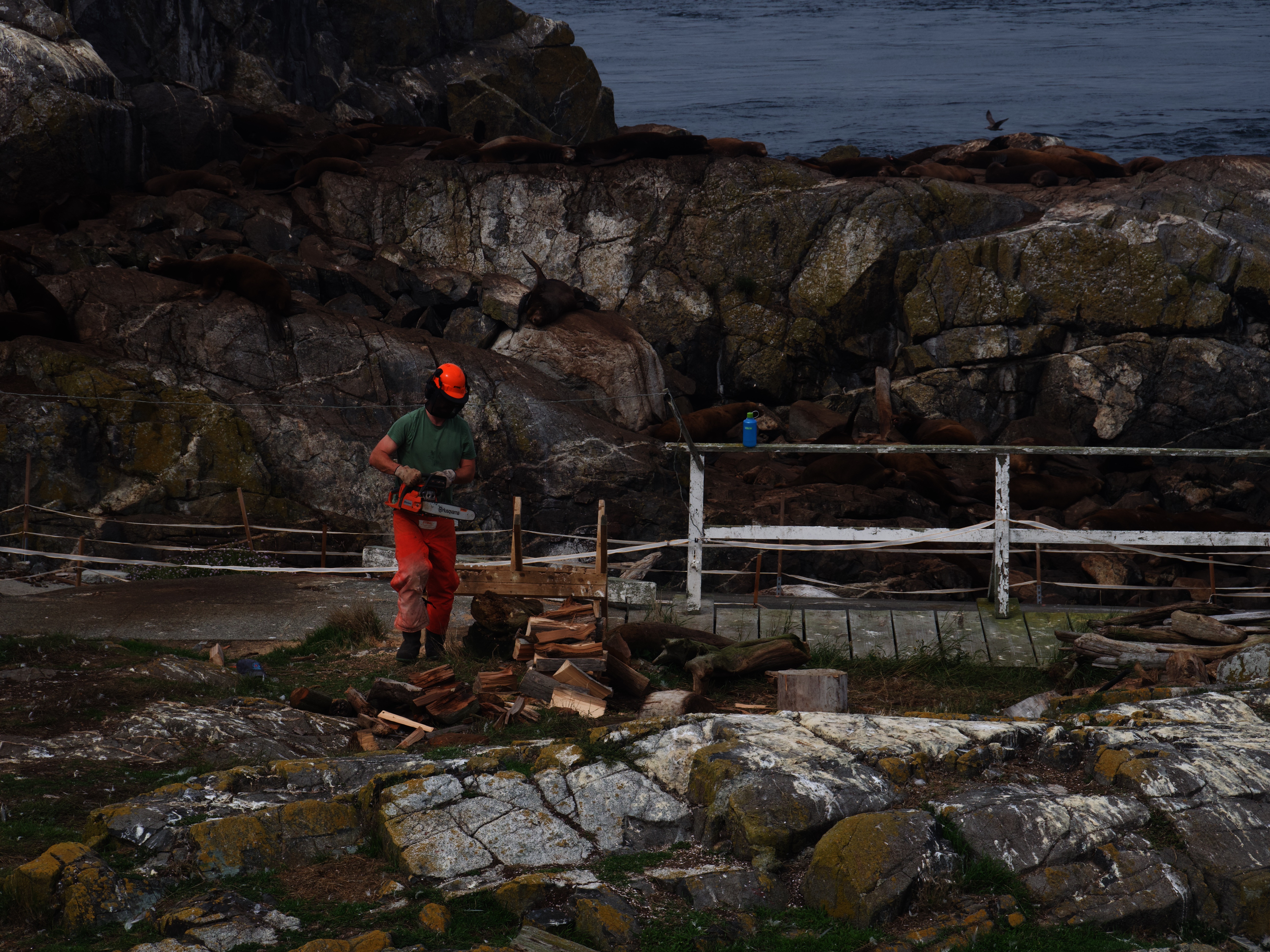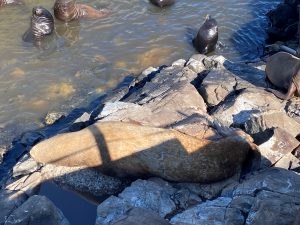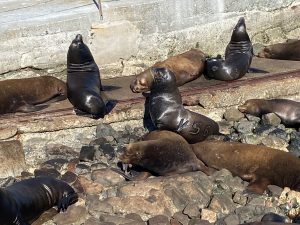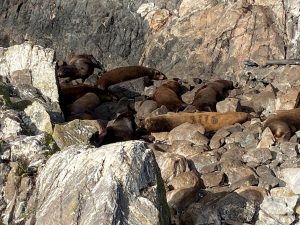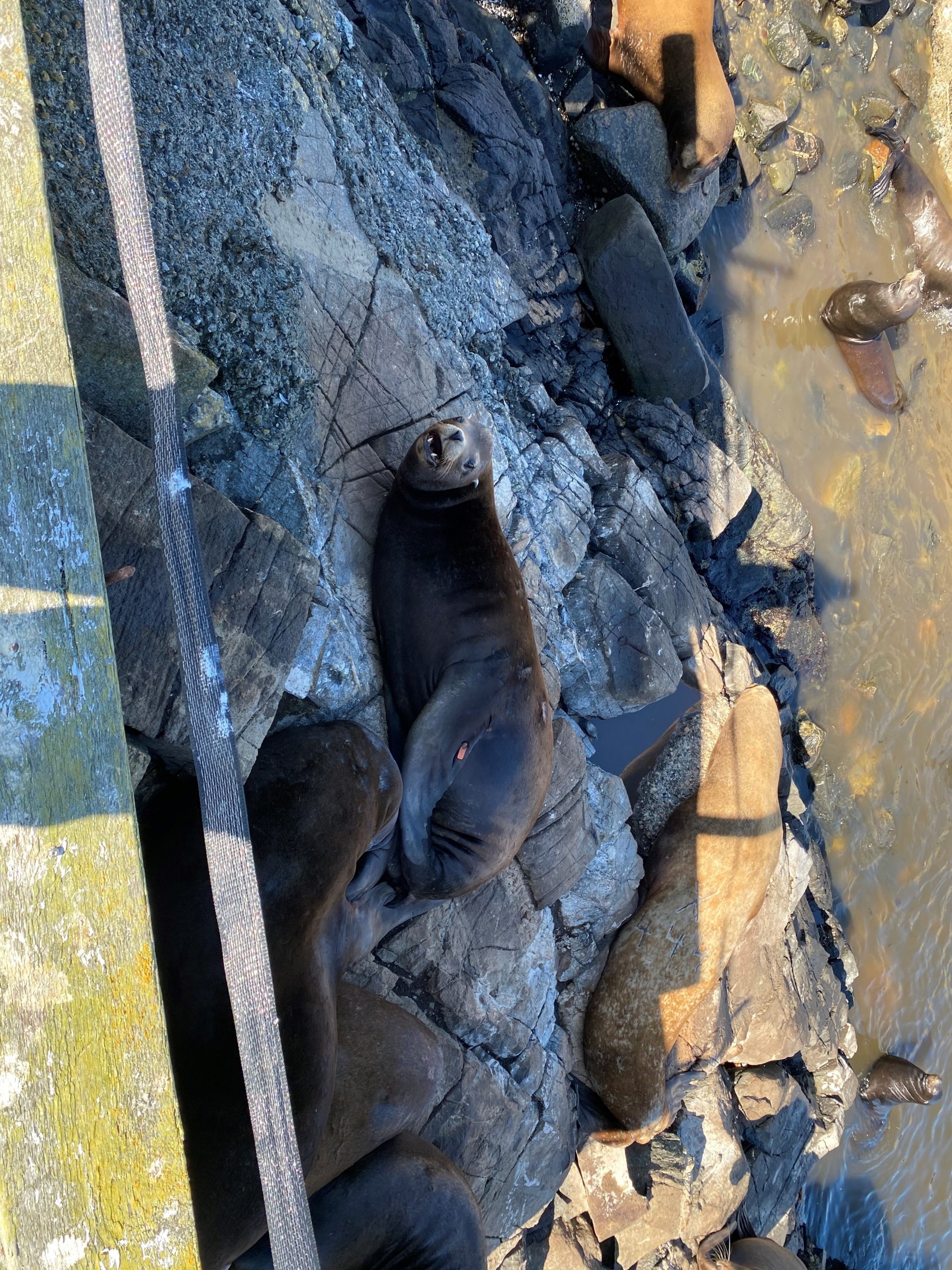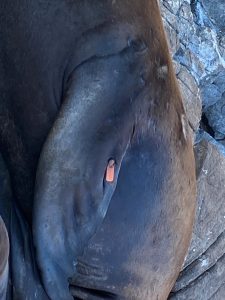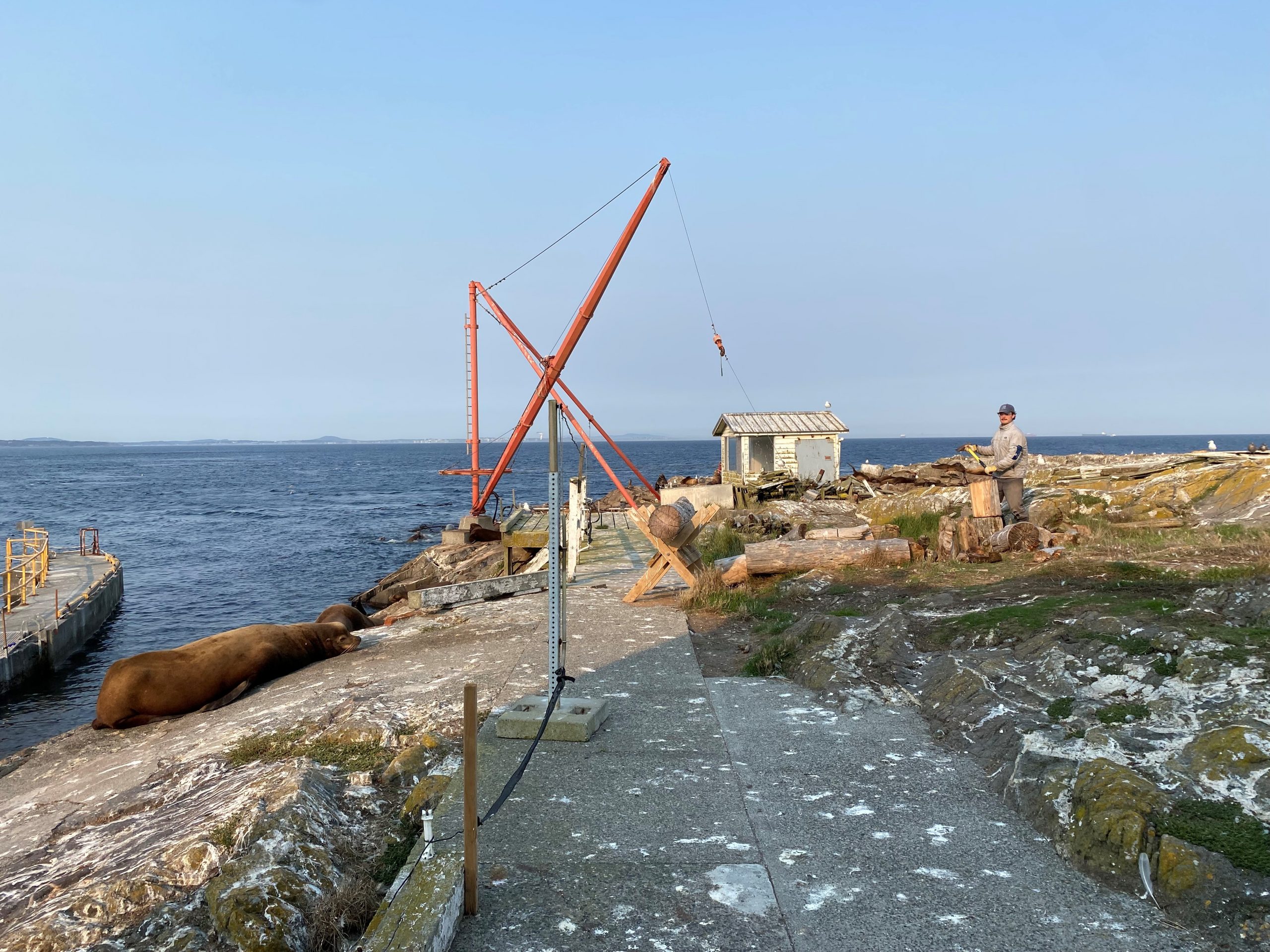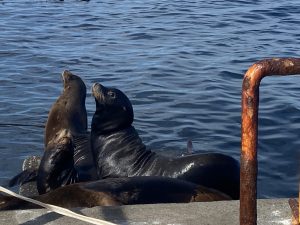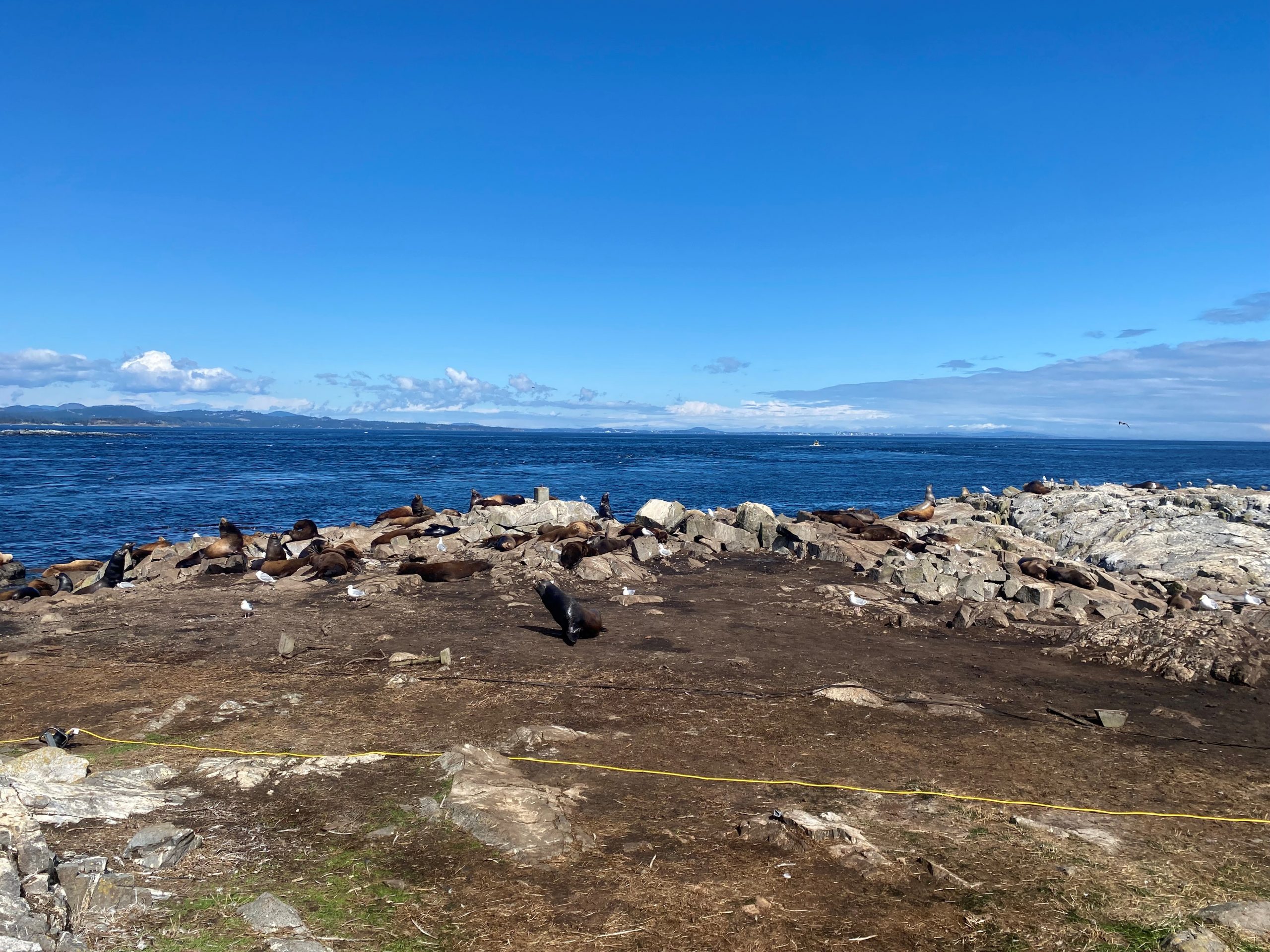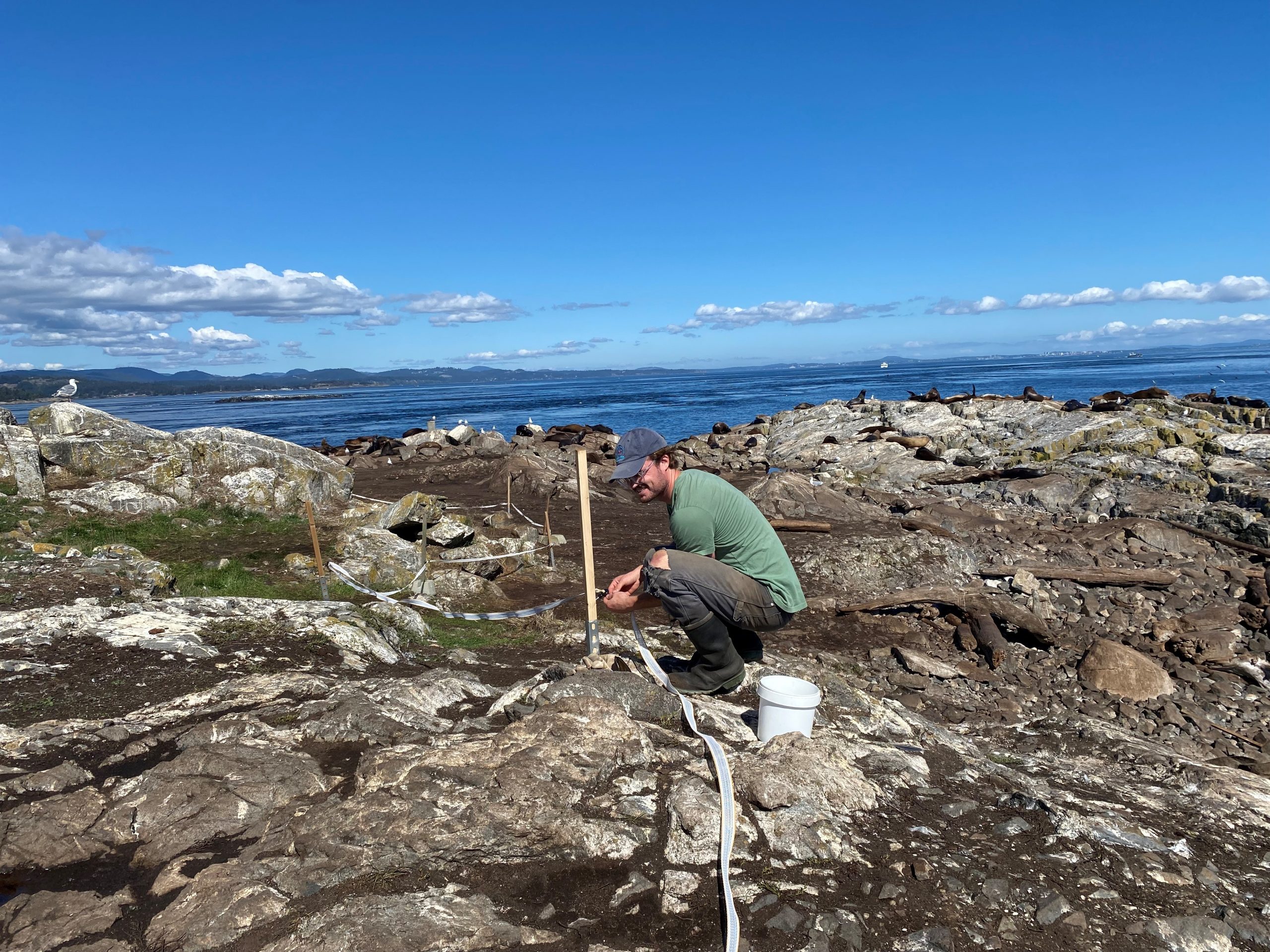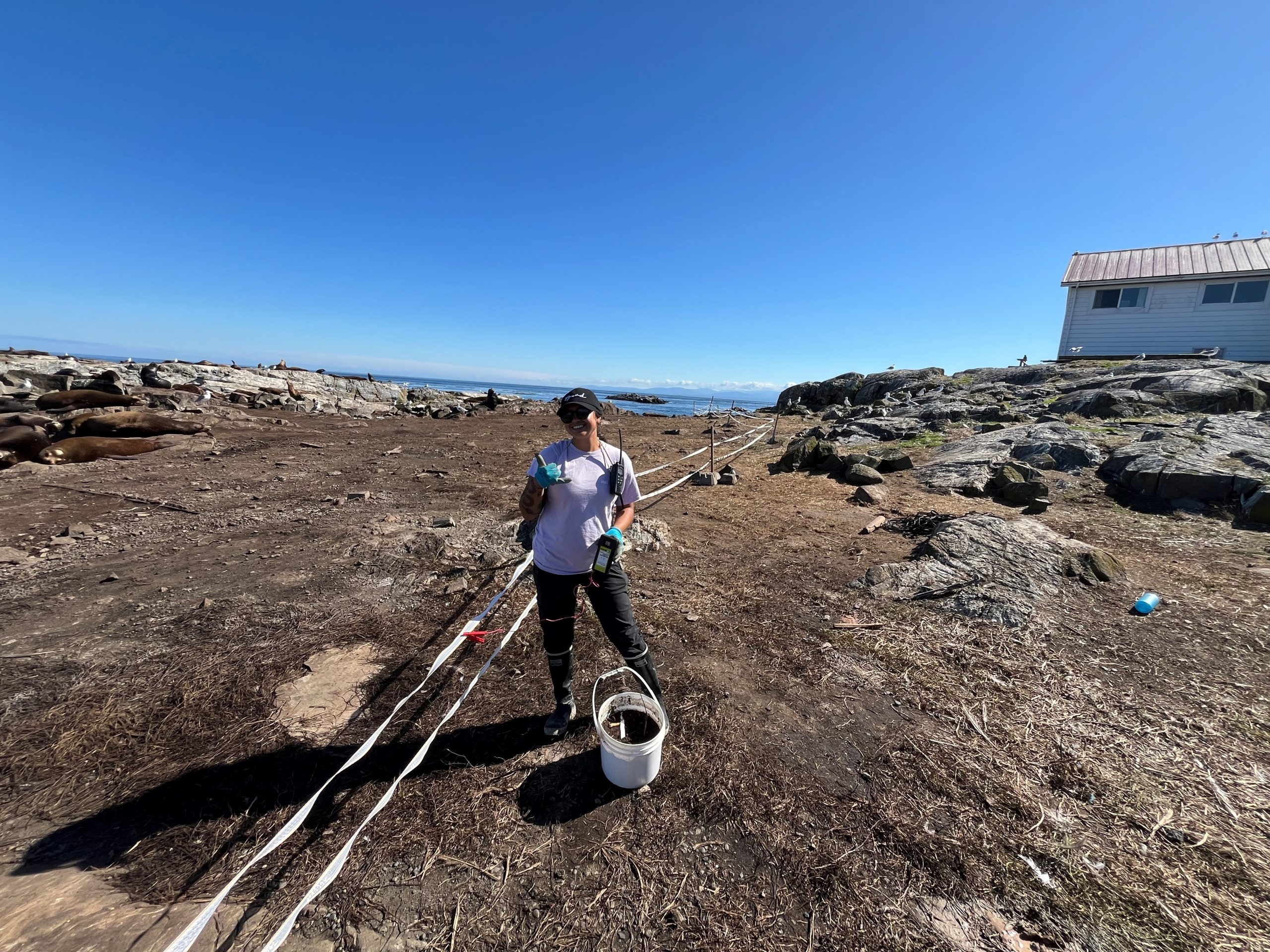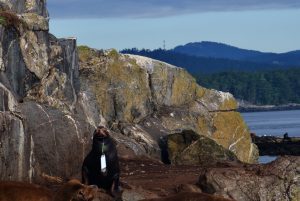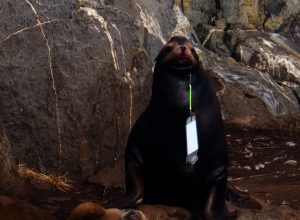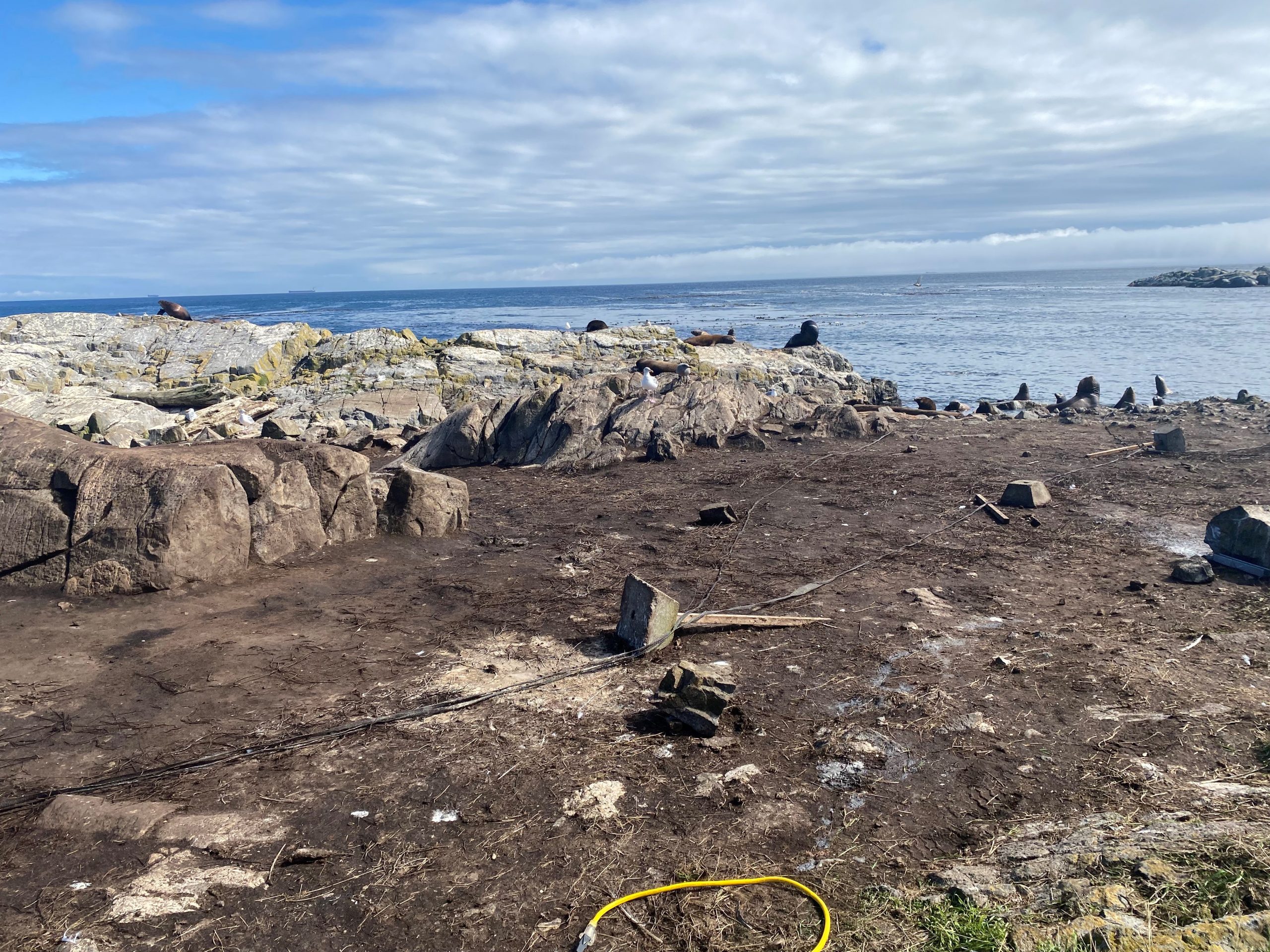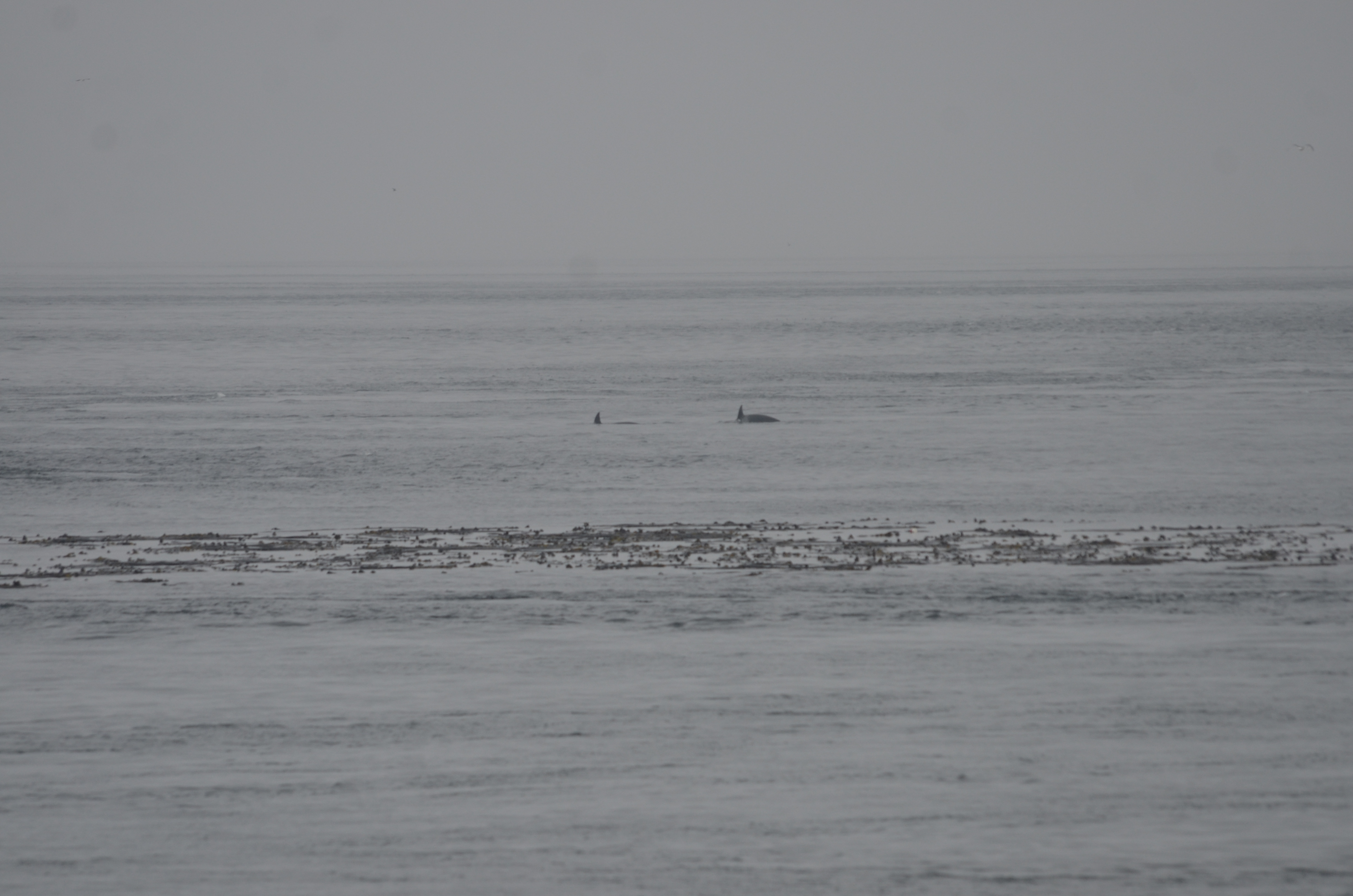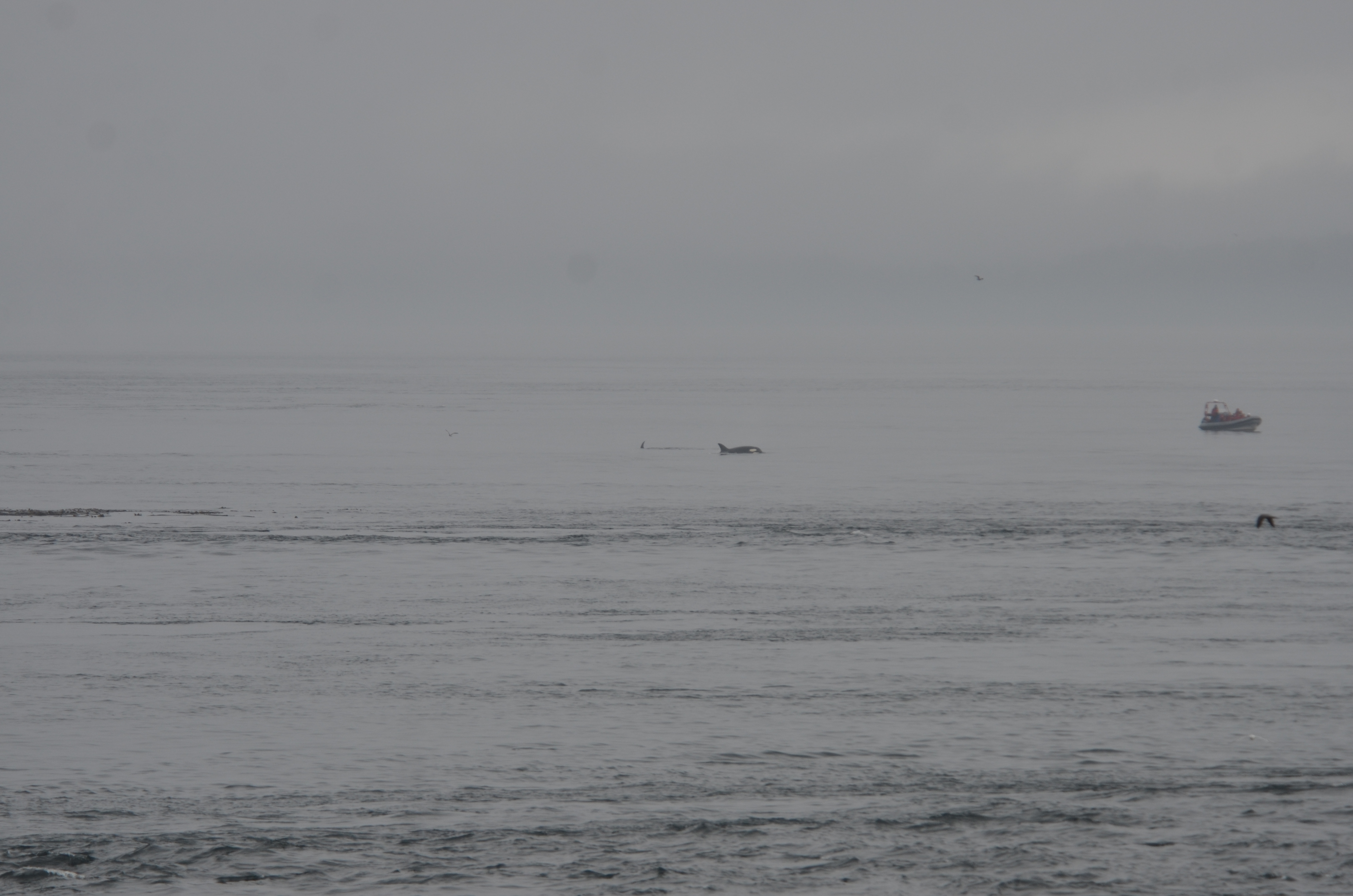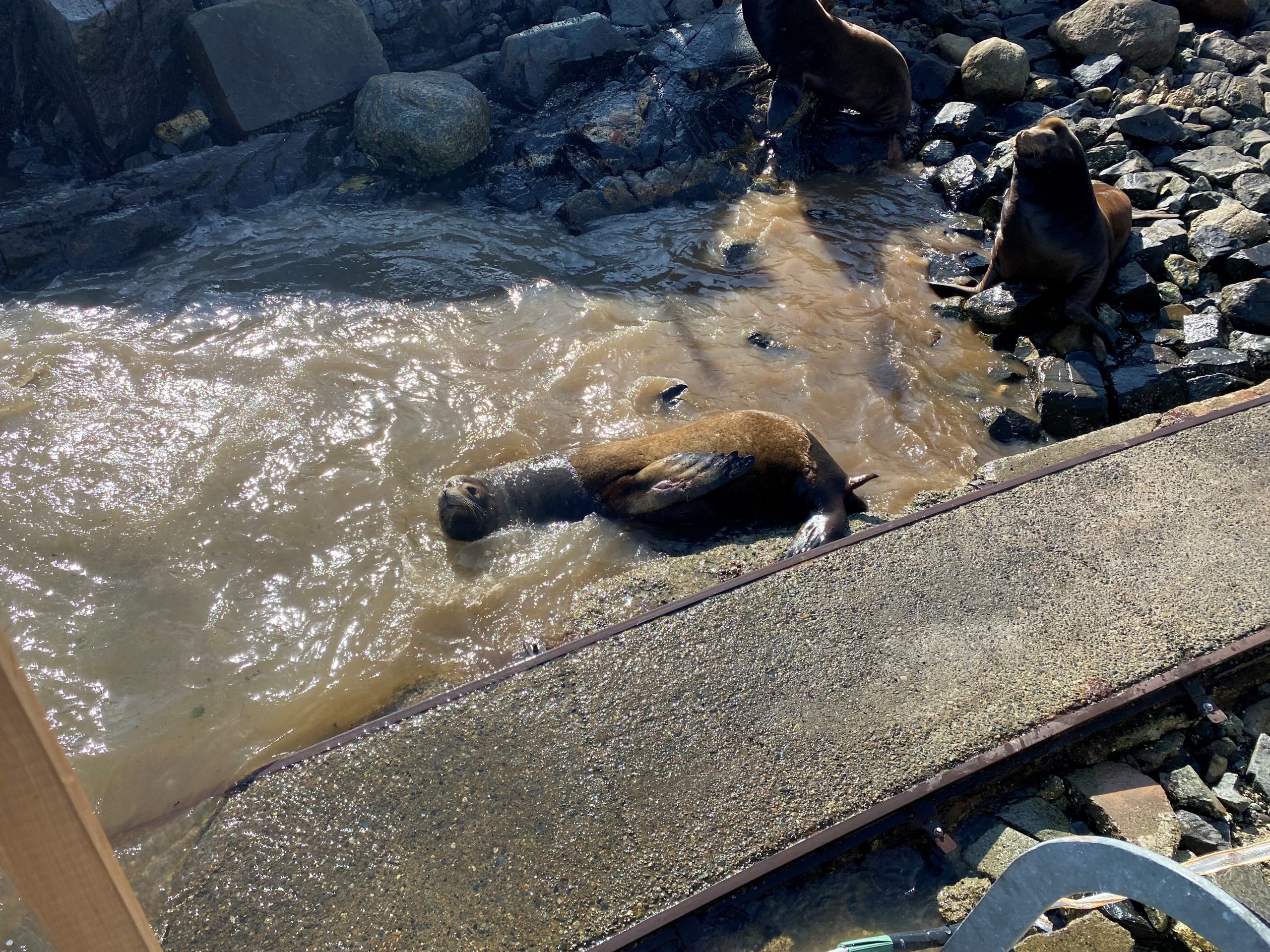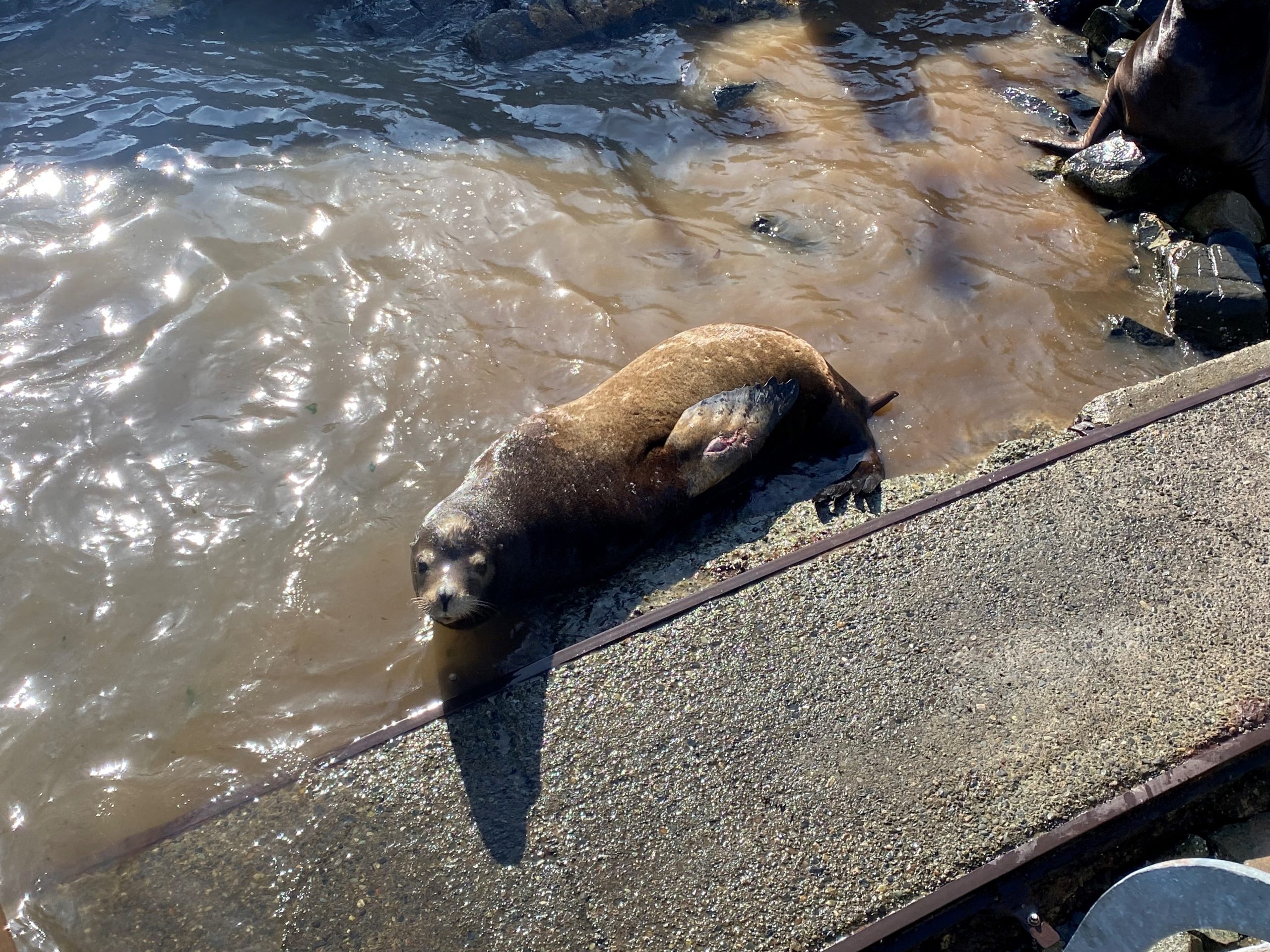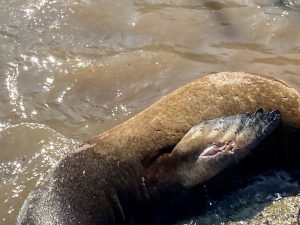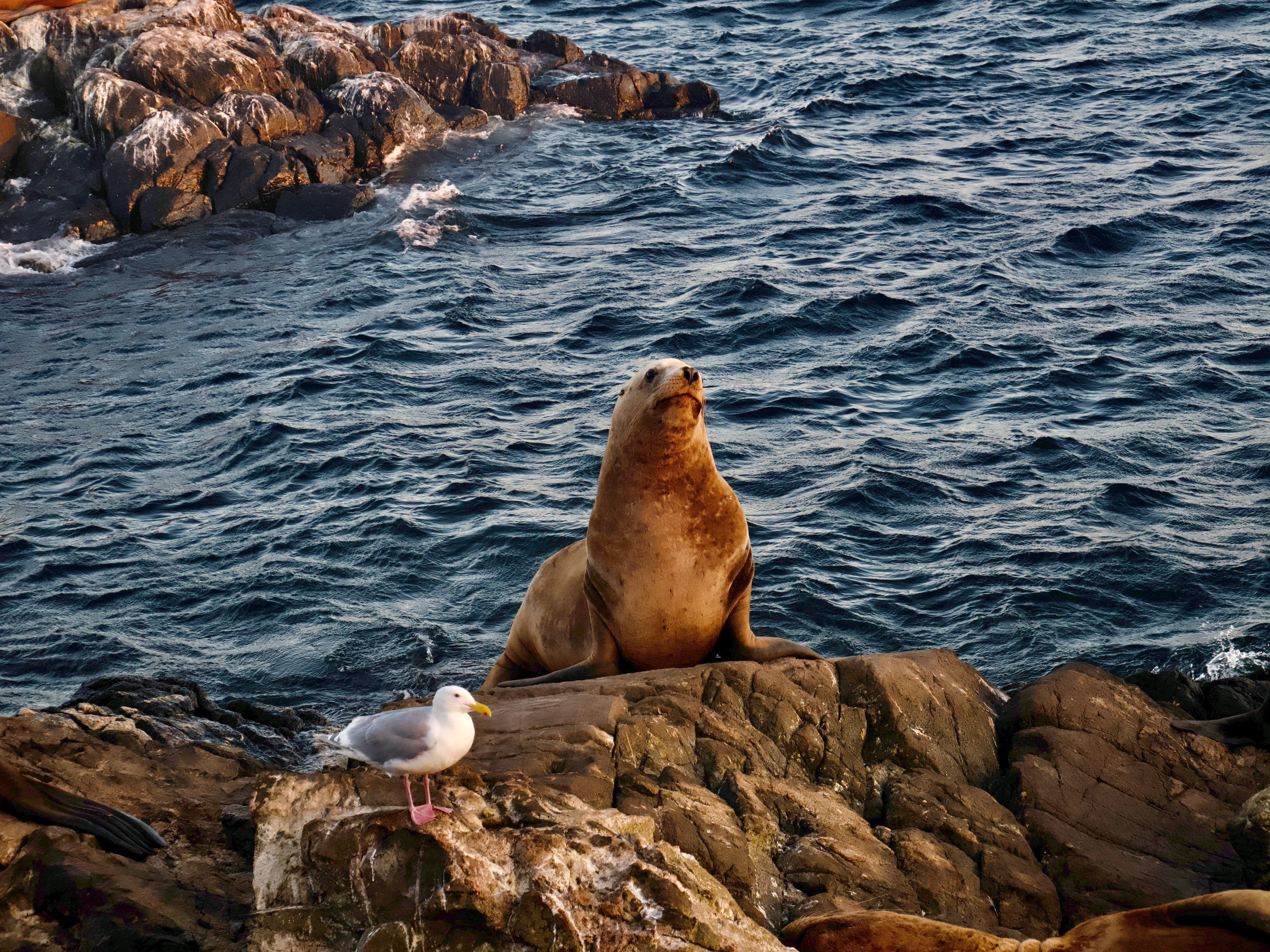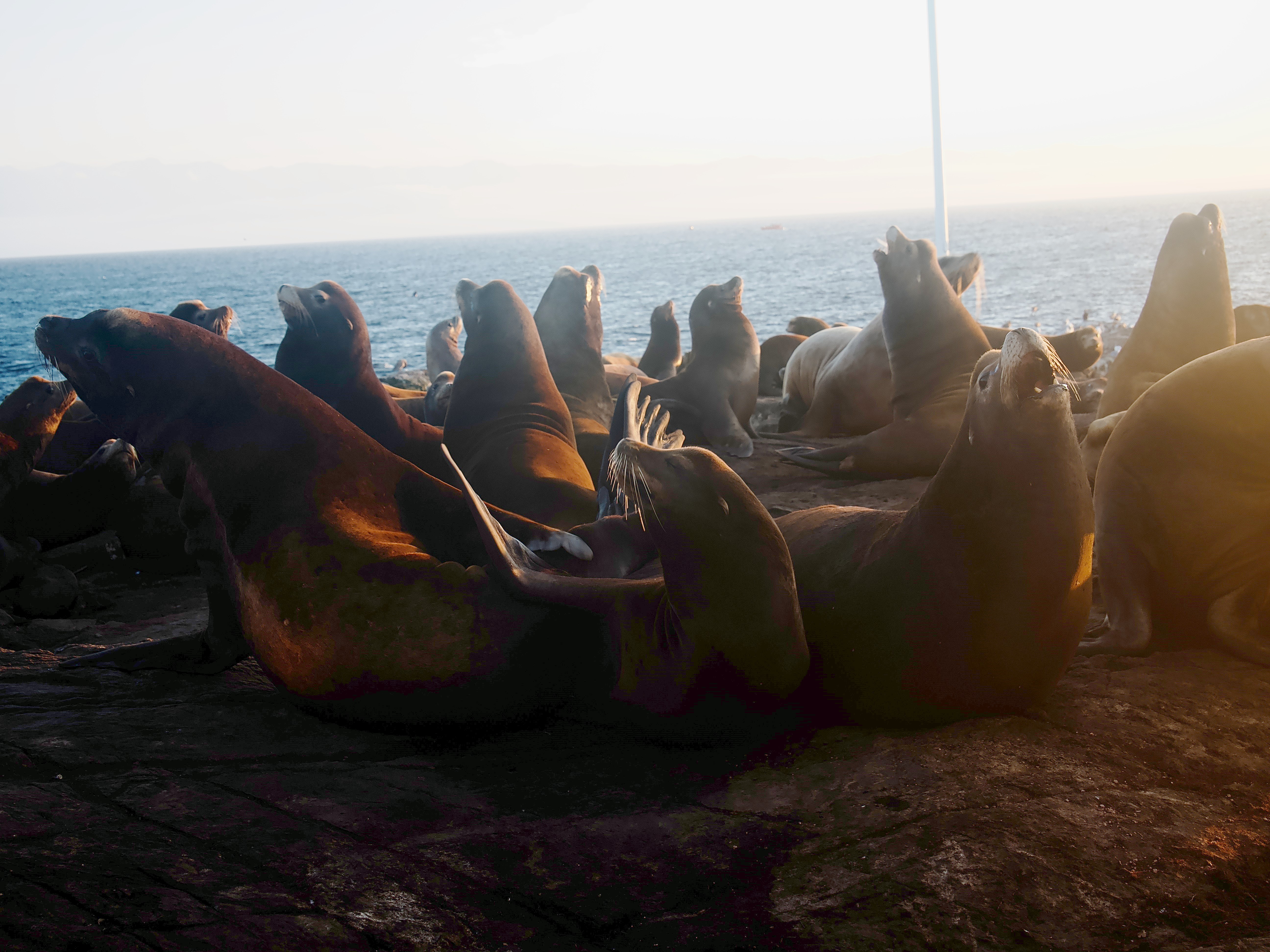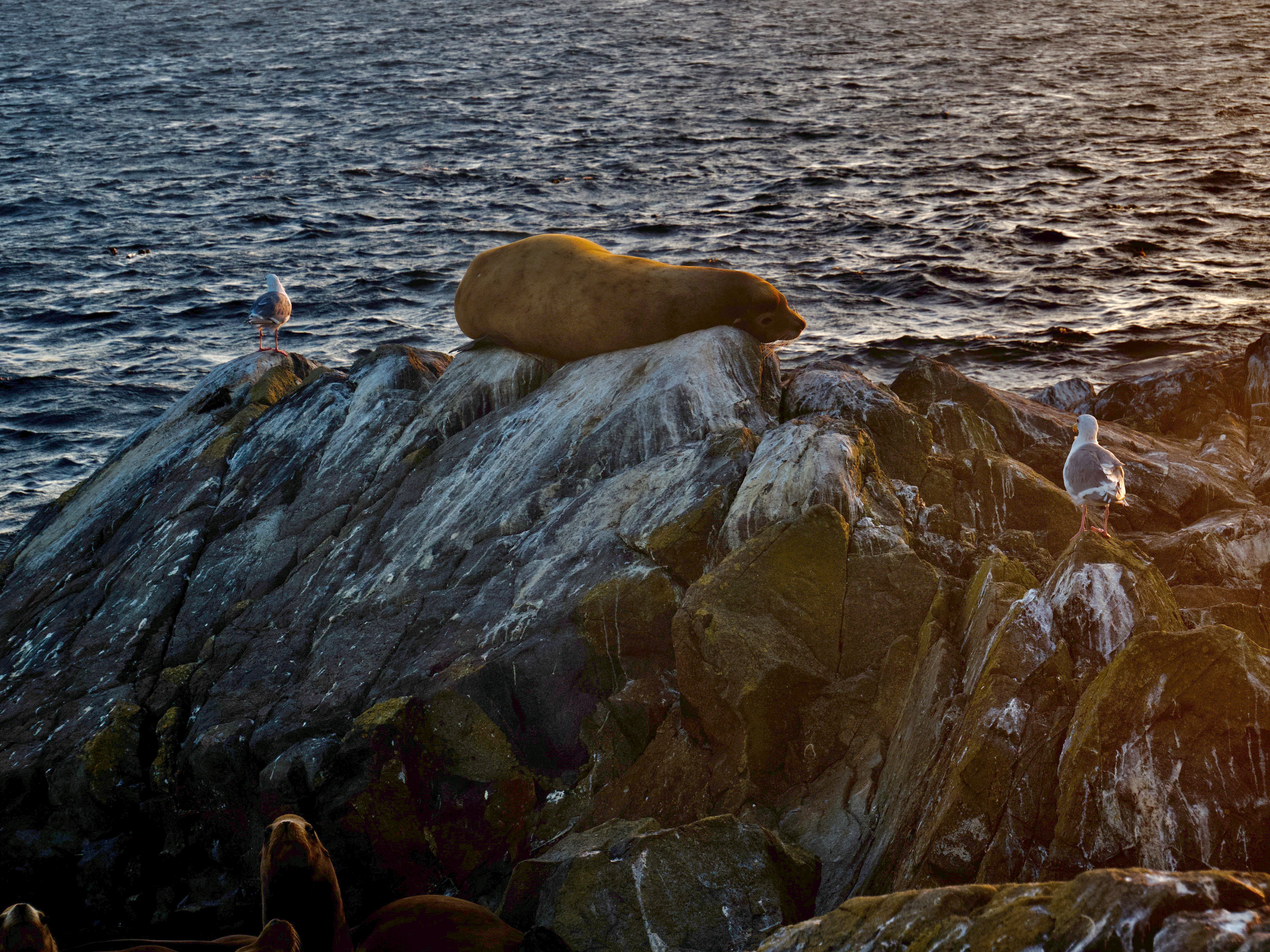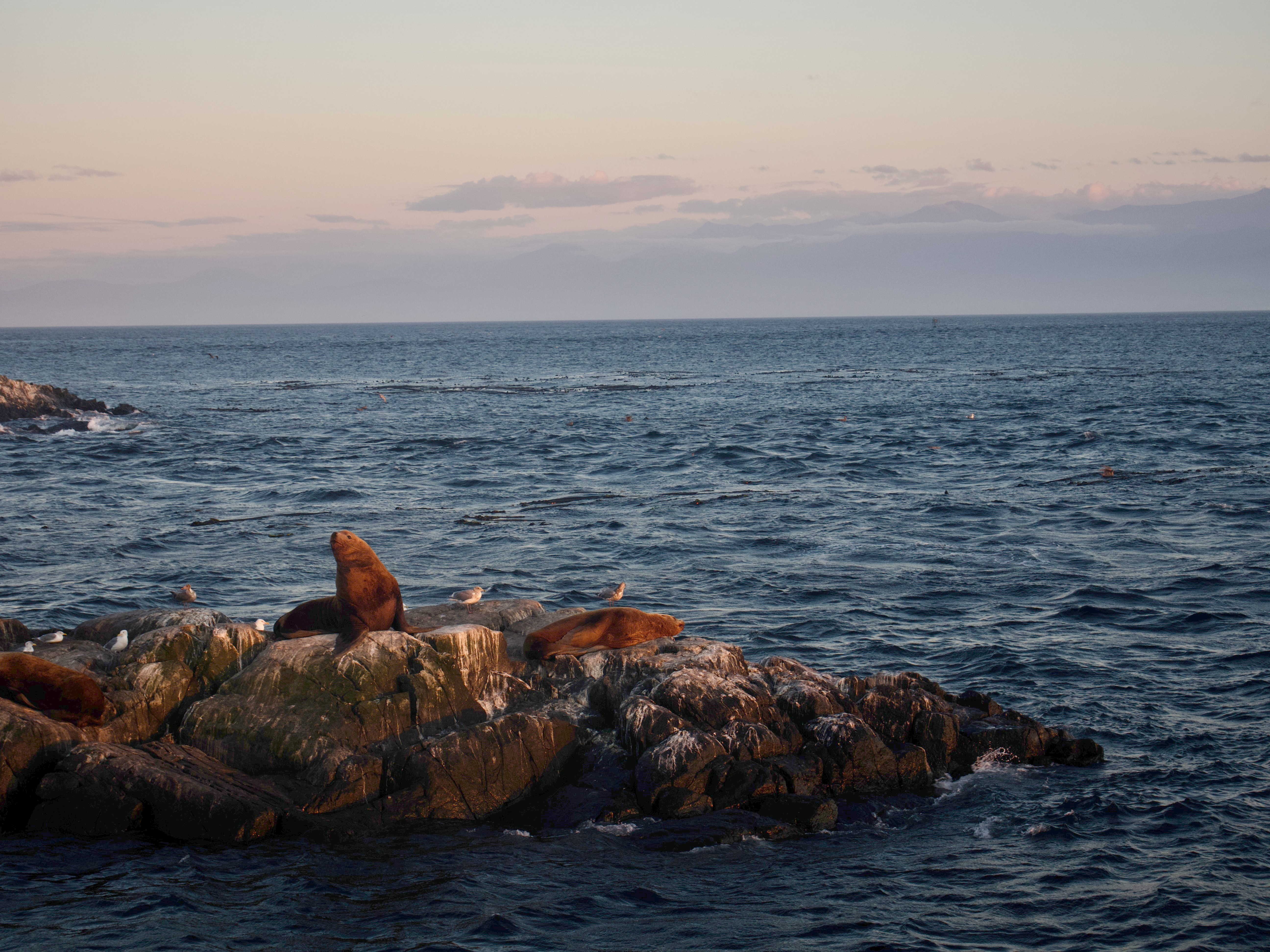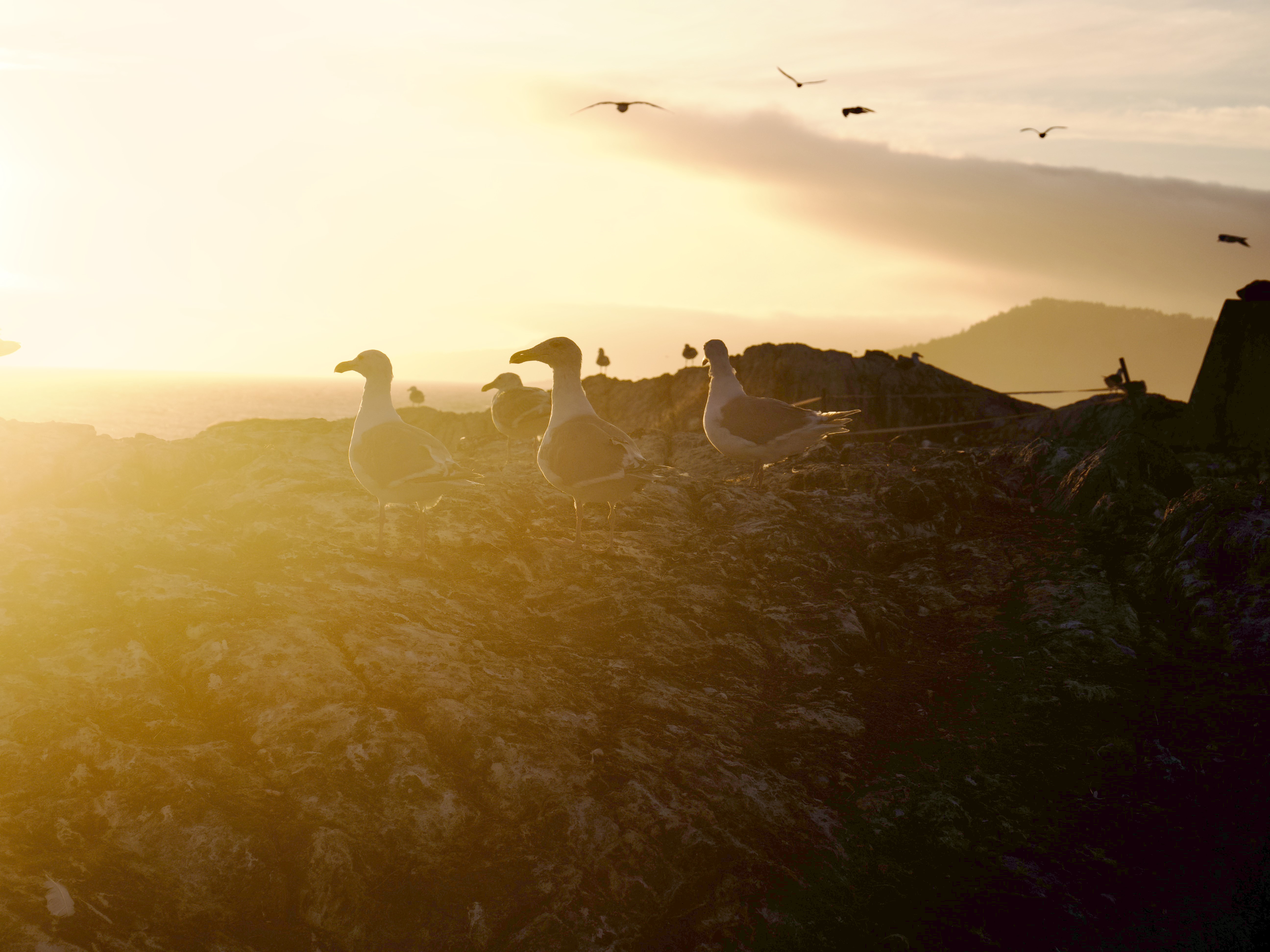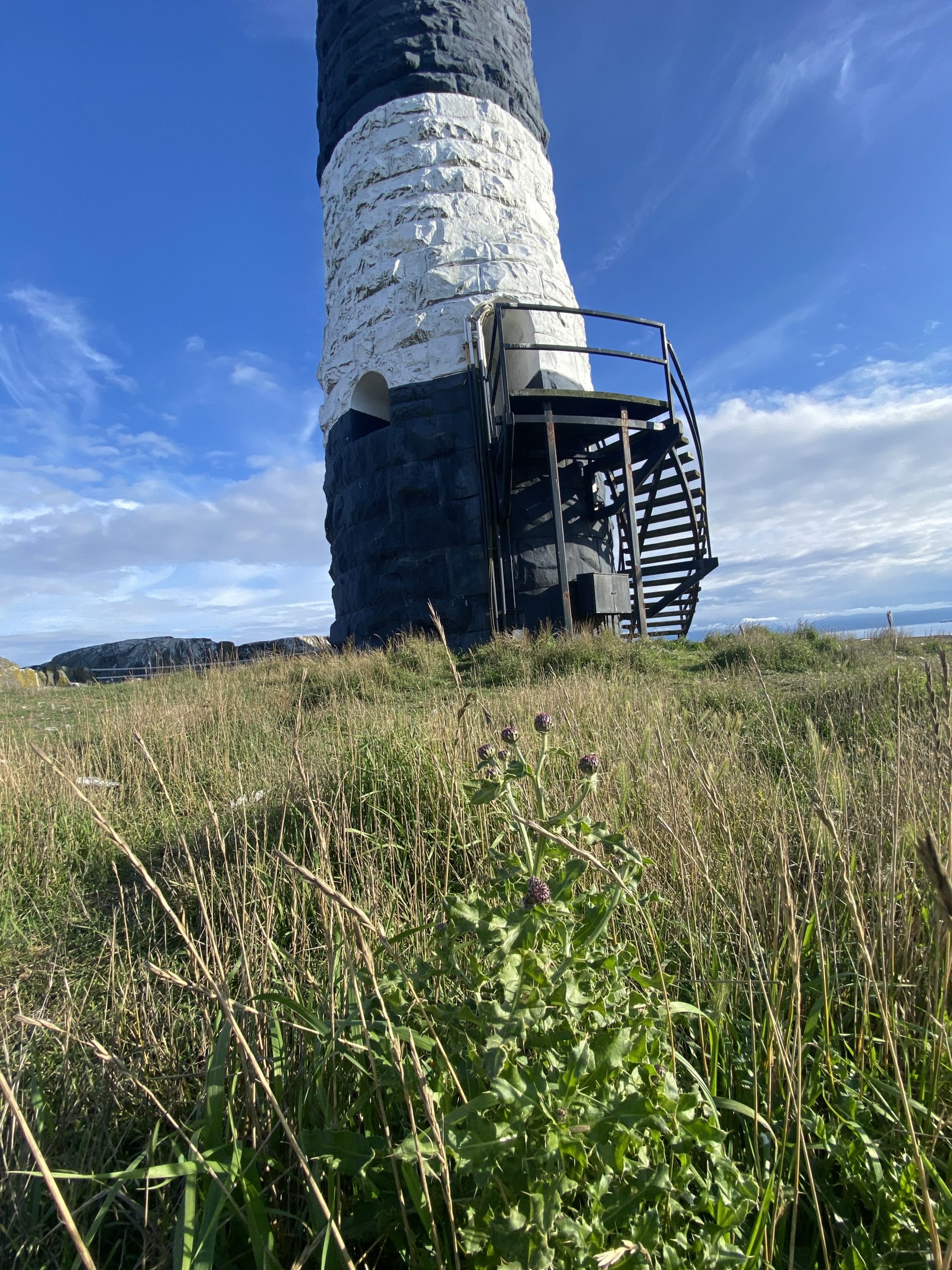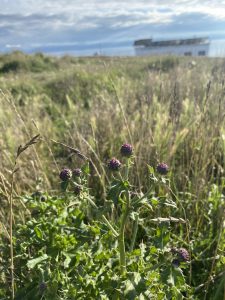Sunday September, 22
Census Day!
This morning, Scott and I headed up to the top of the tower for our weekly animal count.
We added the elephant seal to this week’s survey because she is still sticking around!
Yesterday we beefed up the fence on the West side of the island between the helipad and the generator shed. Since this one isn’t anchored into the bedrock, it has been taking quite a beating from the westerly winds.
Greg also dropped by yesterday and gave us some groceries for the week. The water cistern is quite low, so we have ceased using the desalinator, and are trying to be more conservative than normal with the water. Fingers crossed, Greg will be able to boat over some more water this week!
Today, we checked and topped up the batteries, and tidied up the basement in the main house. I can’t believe we only have a week left on the island!
- The Faces of Race Rocks
Whale Watching Vessels: 15
Private Vessels: 4
Weather: Cloudy and Overcast Day, Winds SW picking up to 15 knts in the Afternoon
Animal Census:
Birds:
- Gulls: 1155
- Cormorants: 228
- Oystercatchers: 3
- Canada Goose: 6
- Turnstones: 17 ** They are hard to see amongst all the sea lions
Mammals:
- Stellar Sea Lion: 397
- California Sea Lion: 780
- Harbour Seal: 85
- Elephant Seal female: 1

